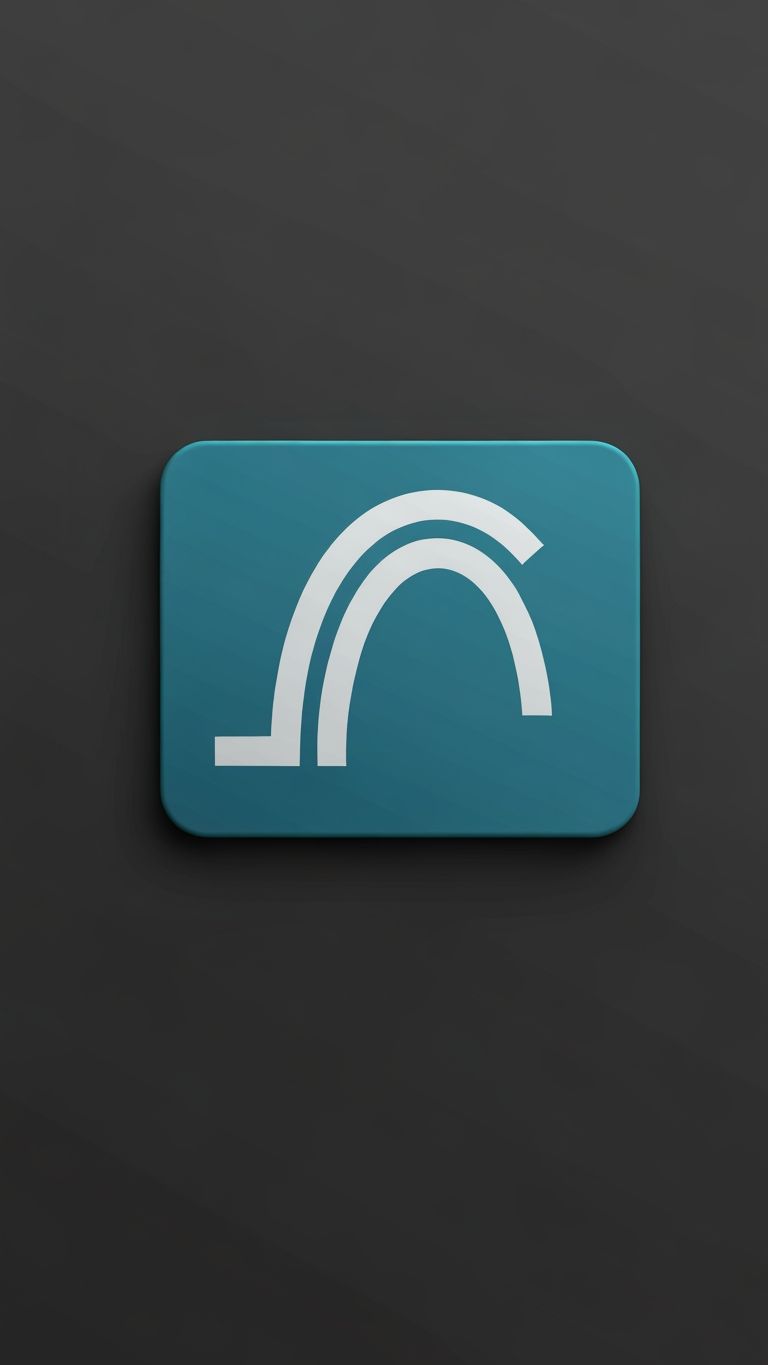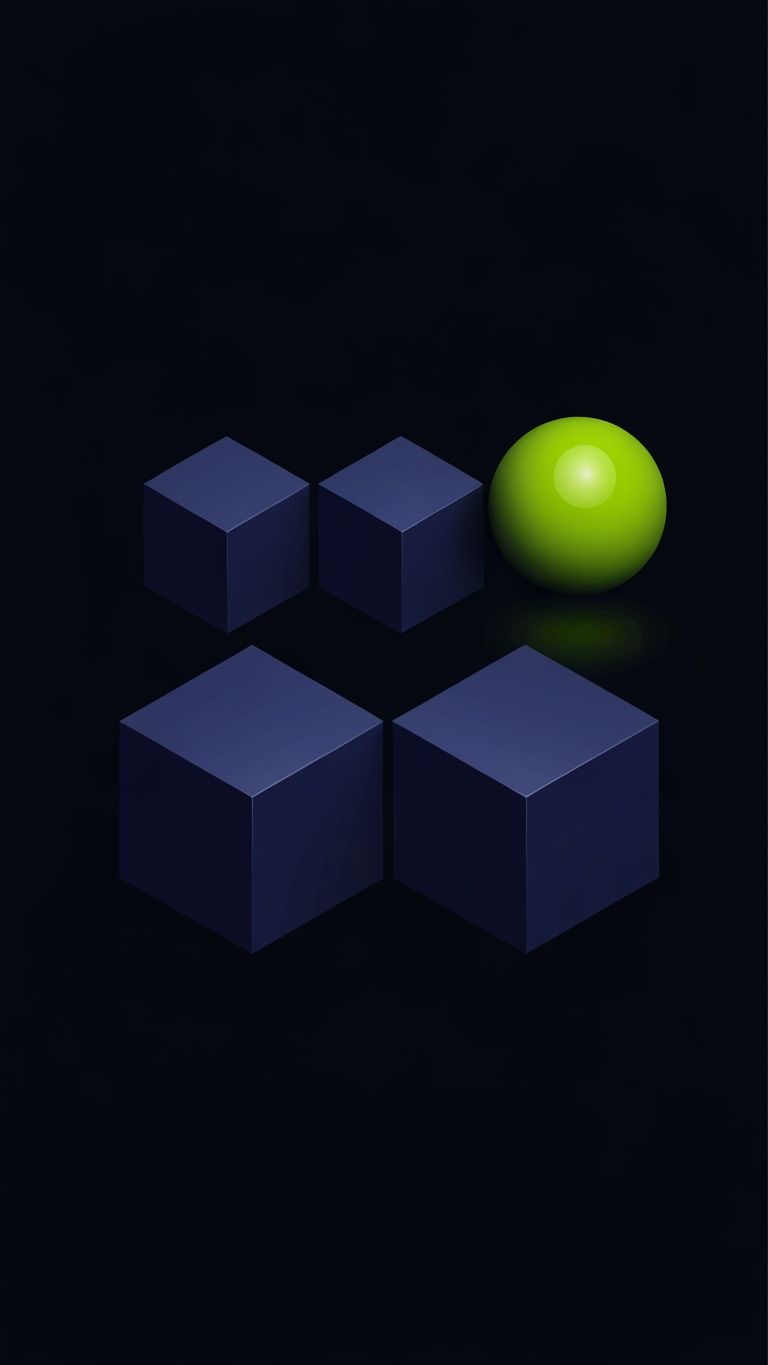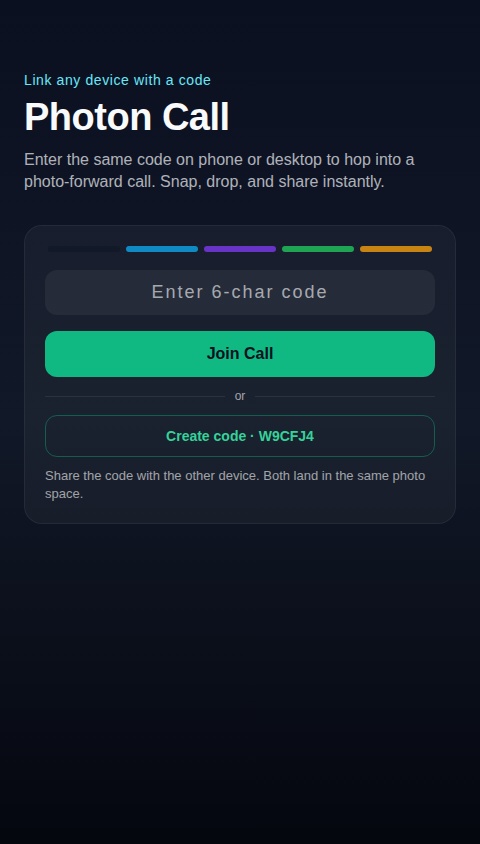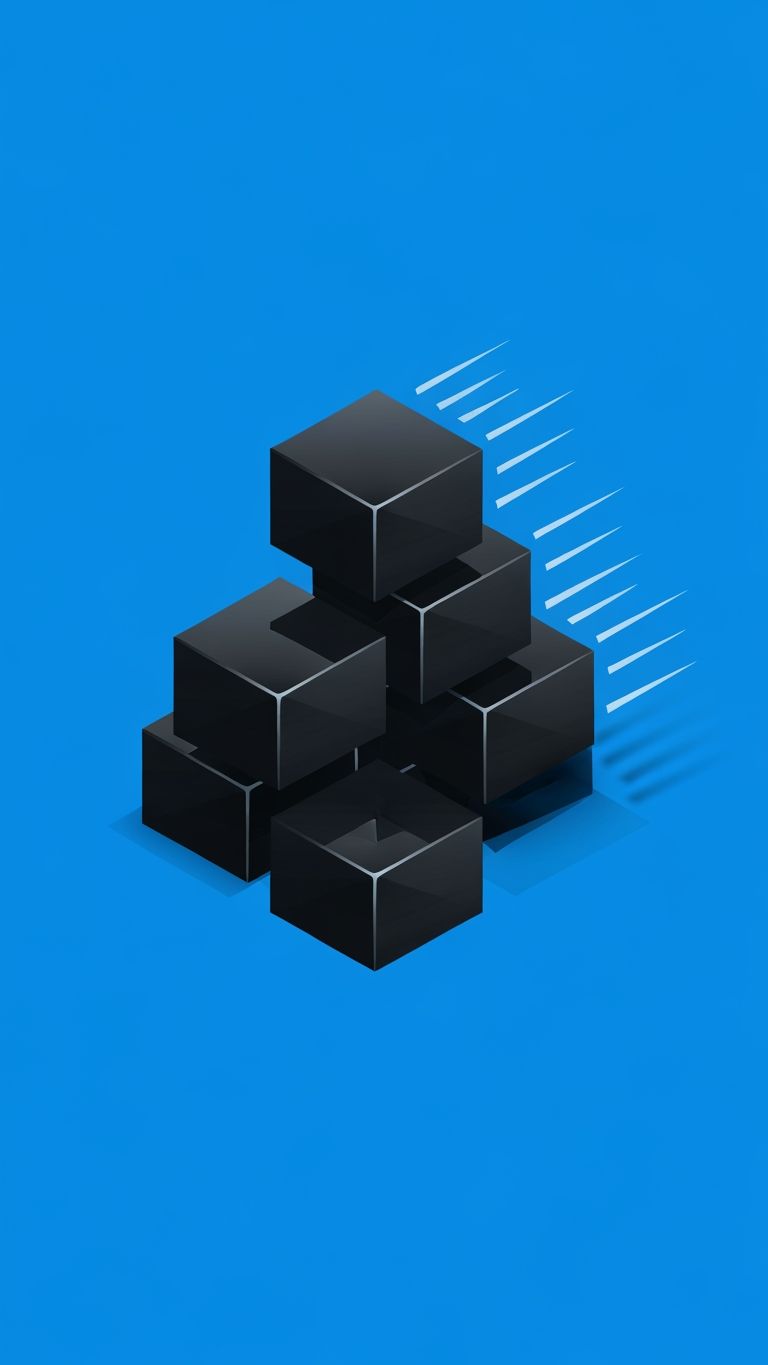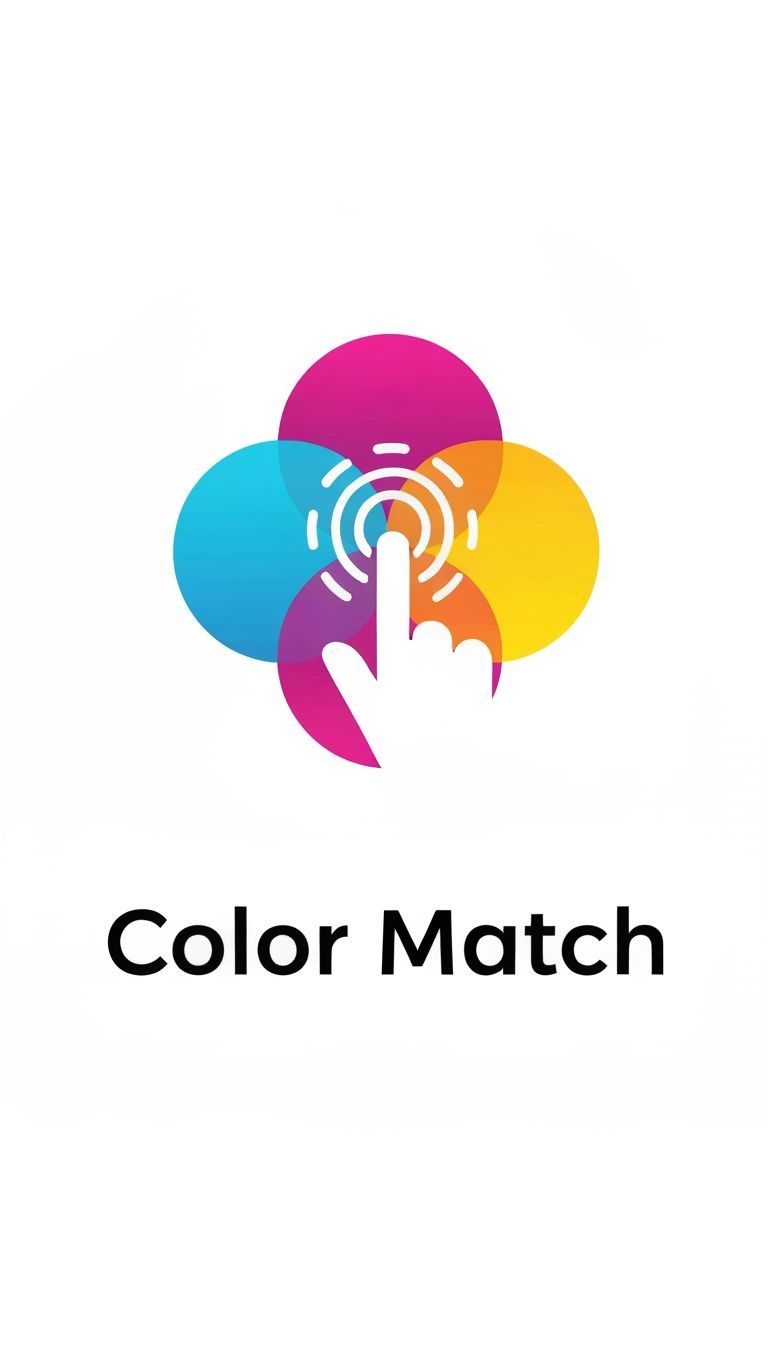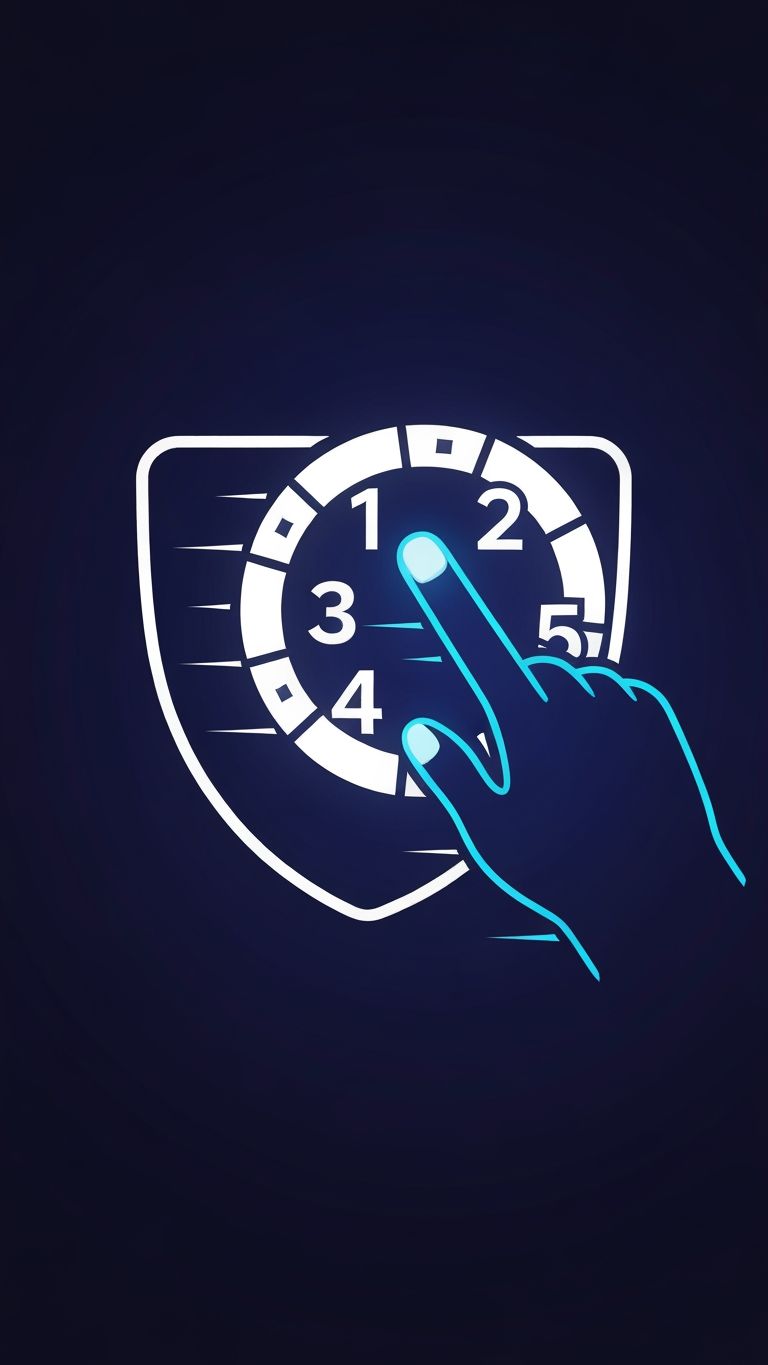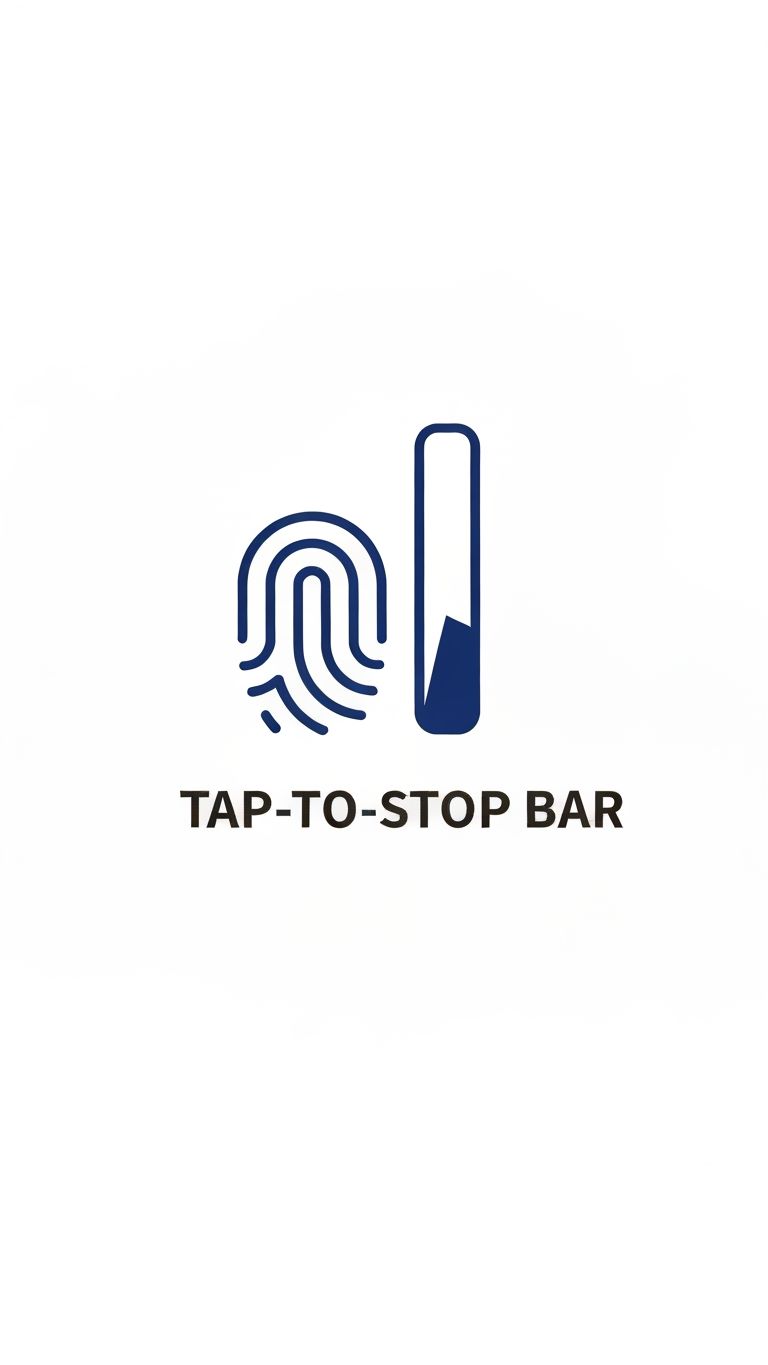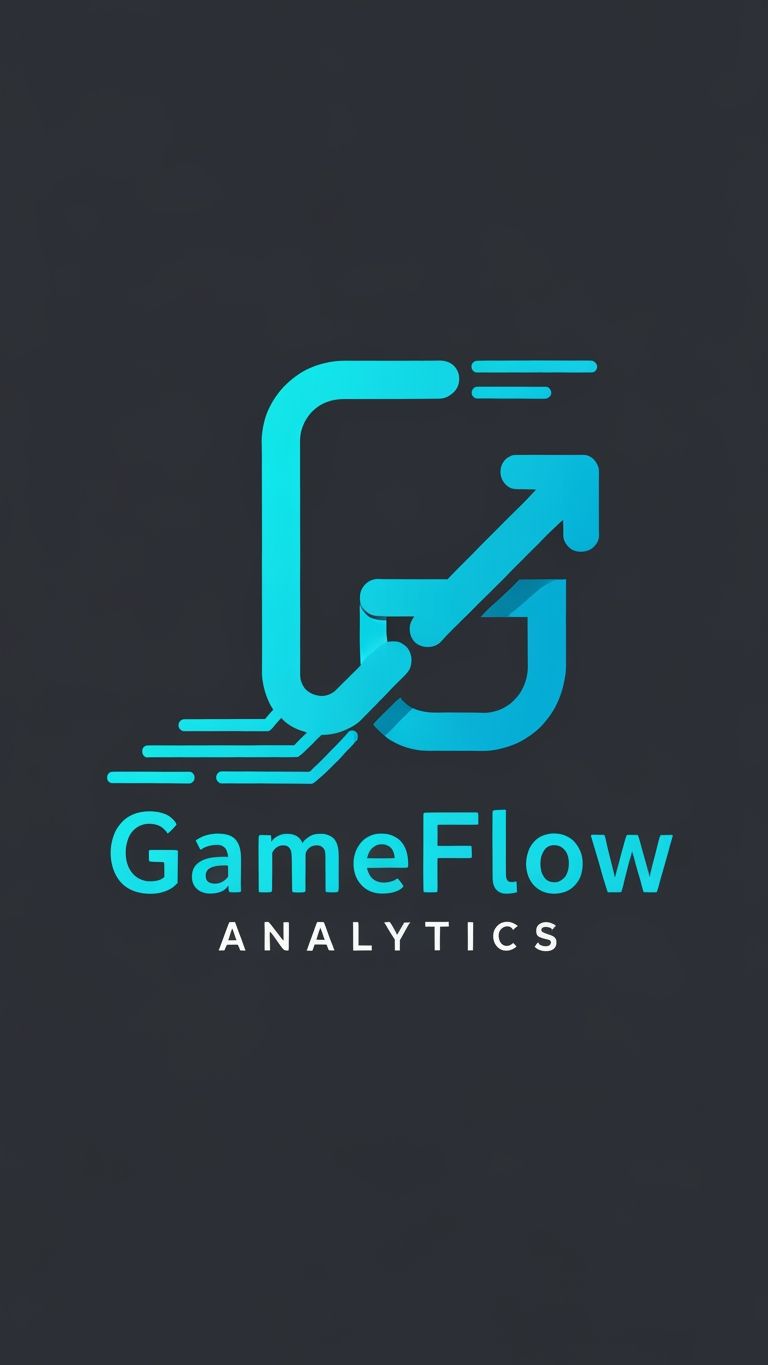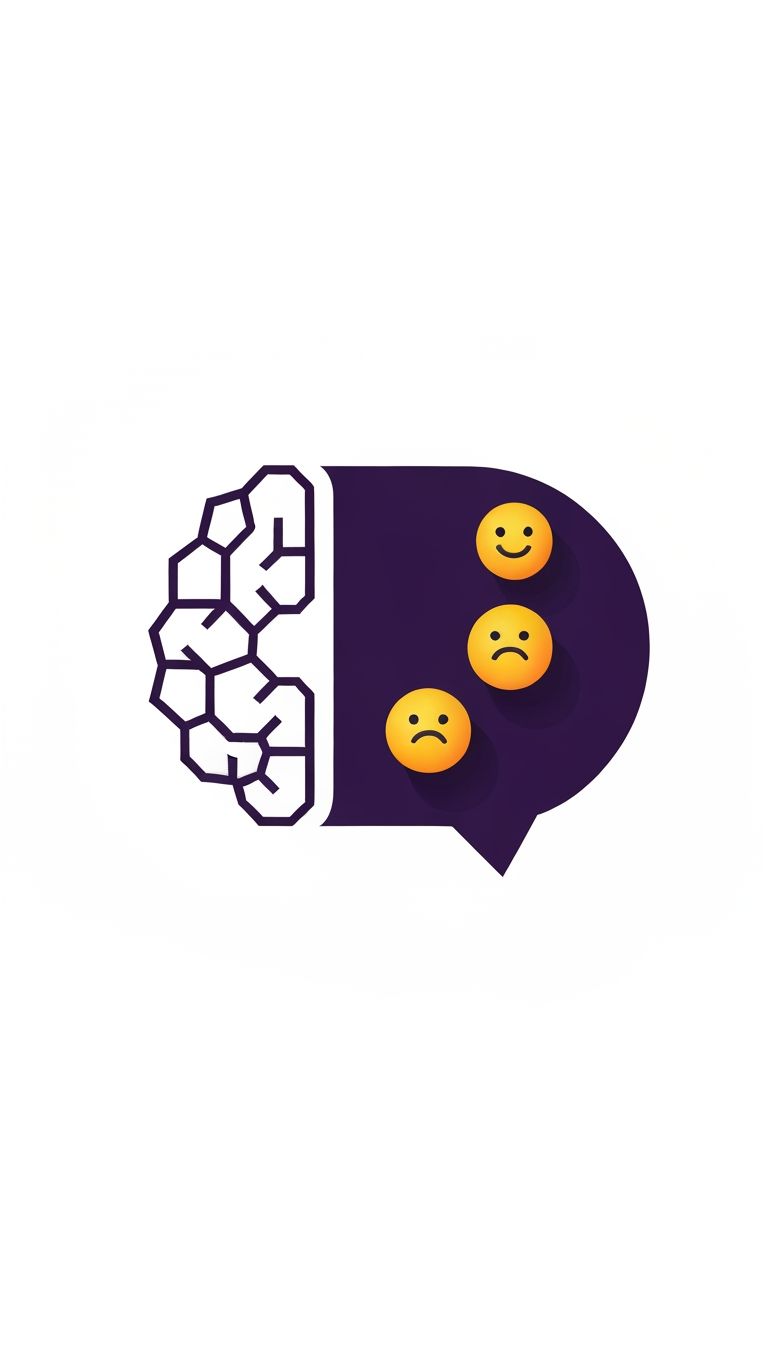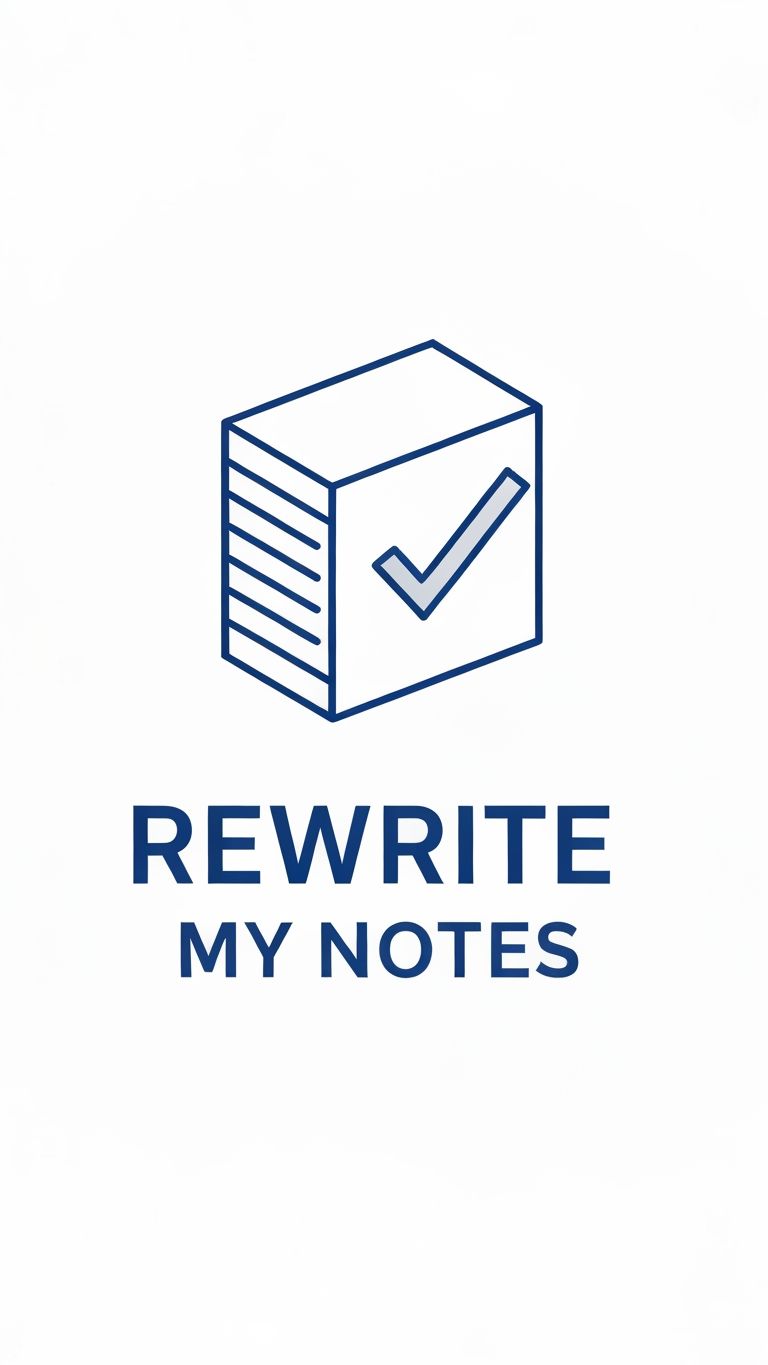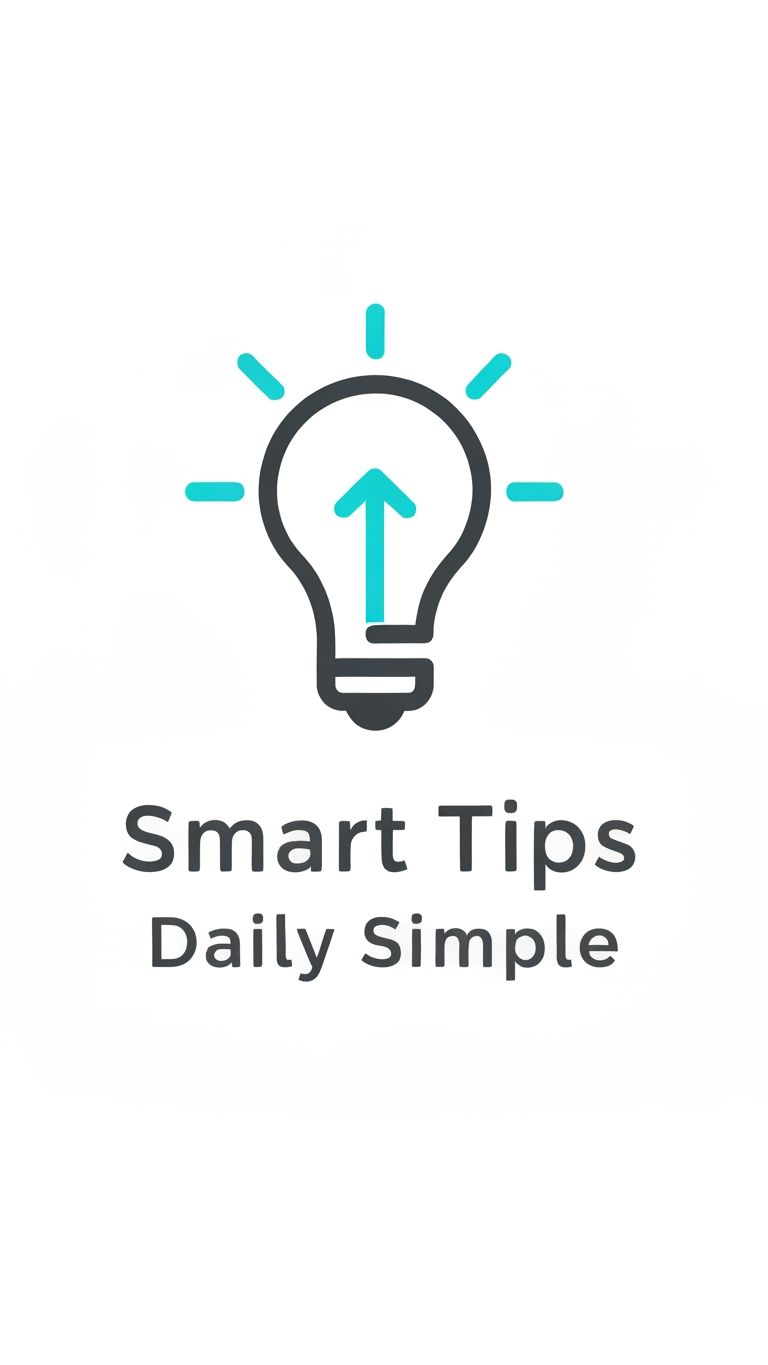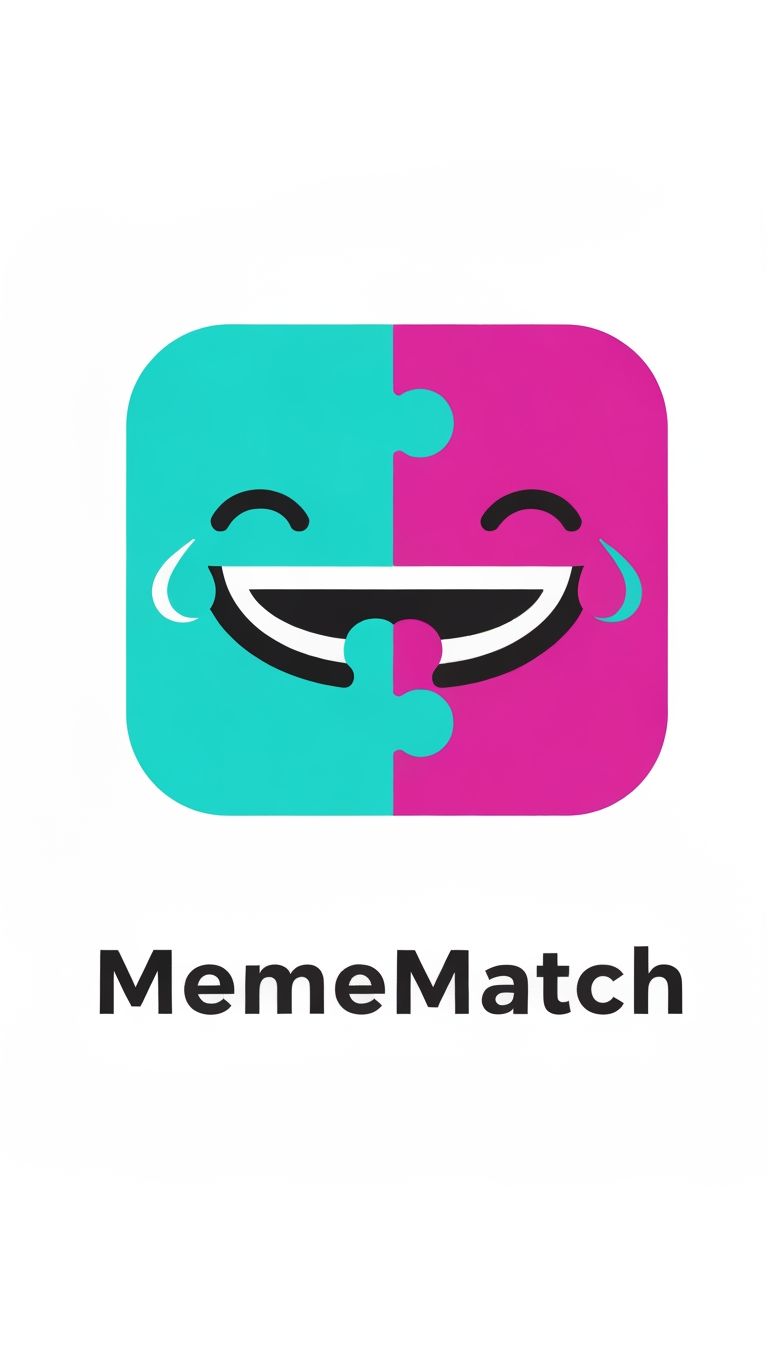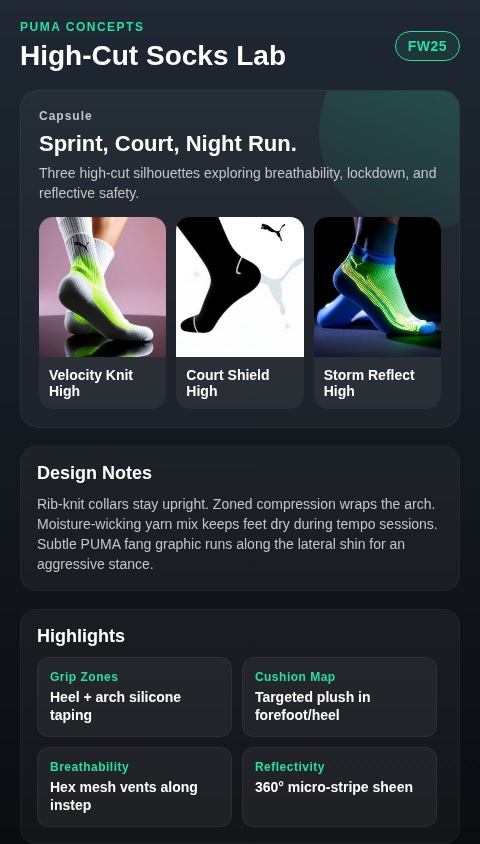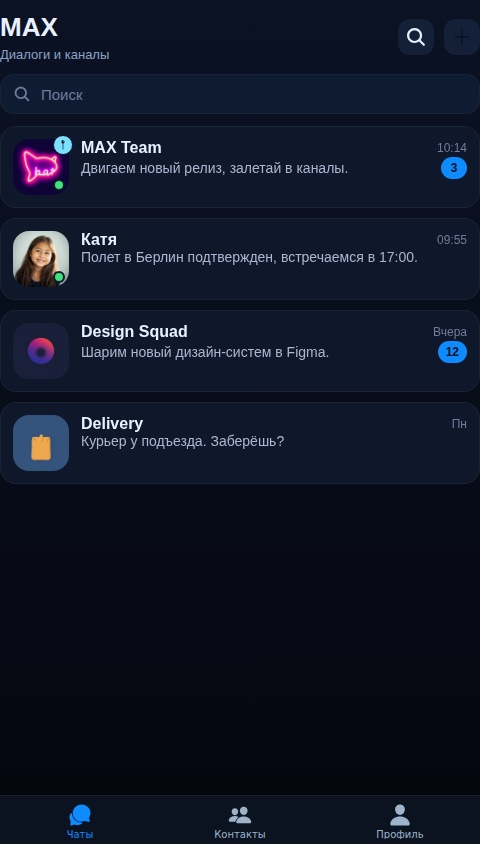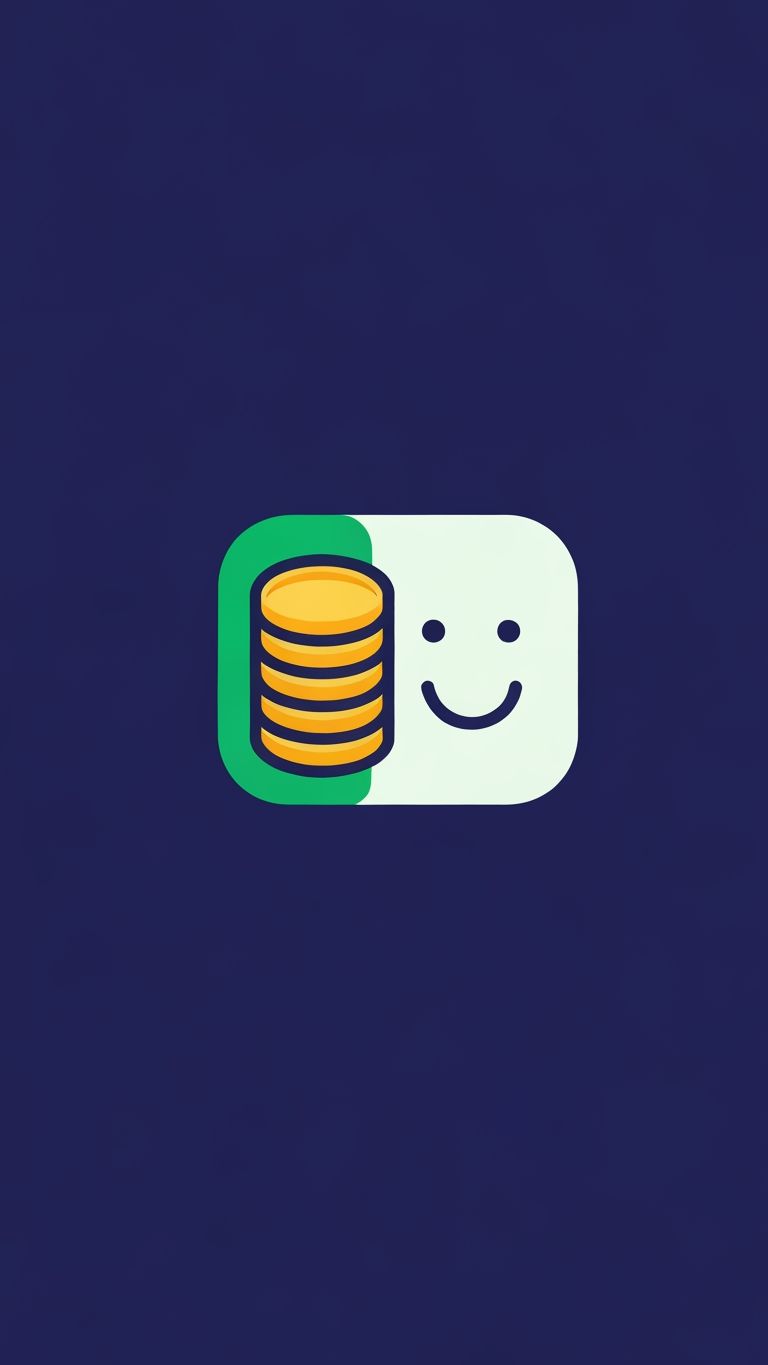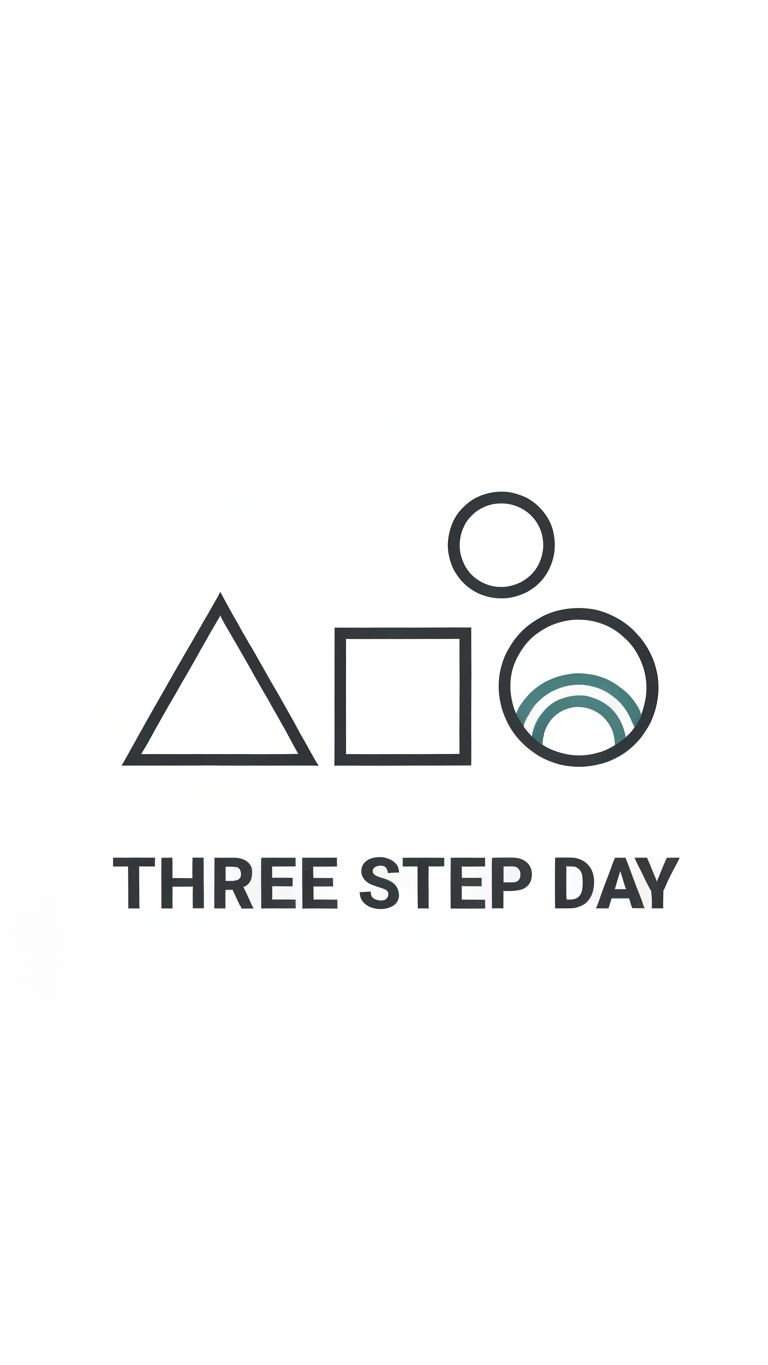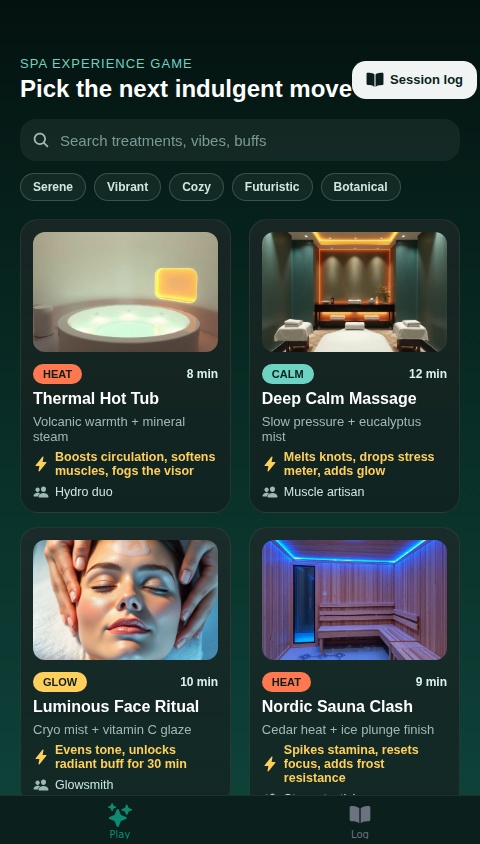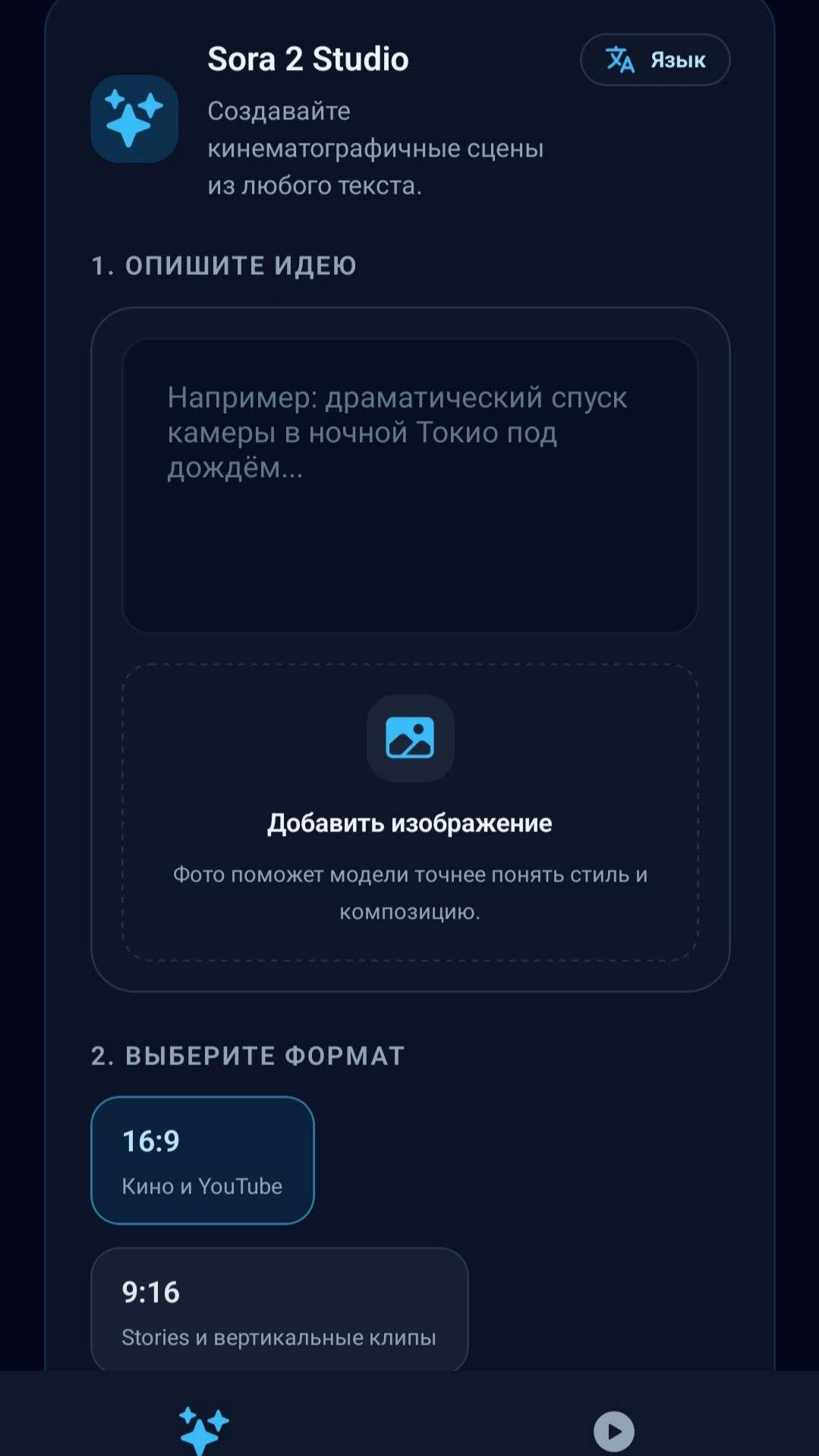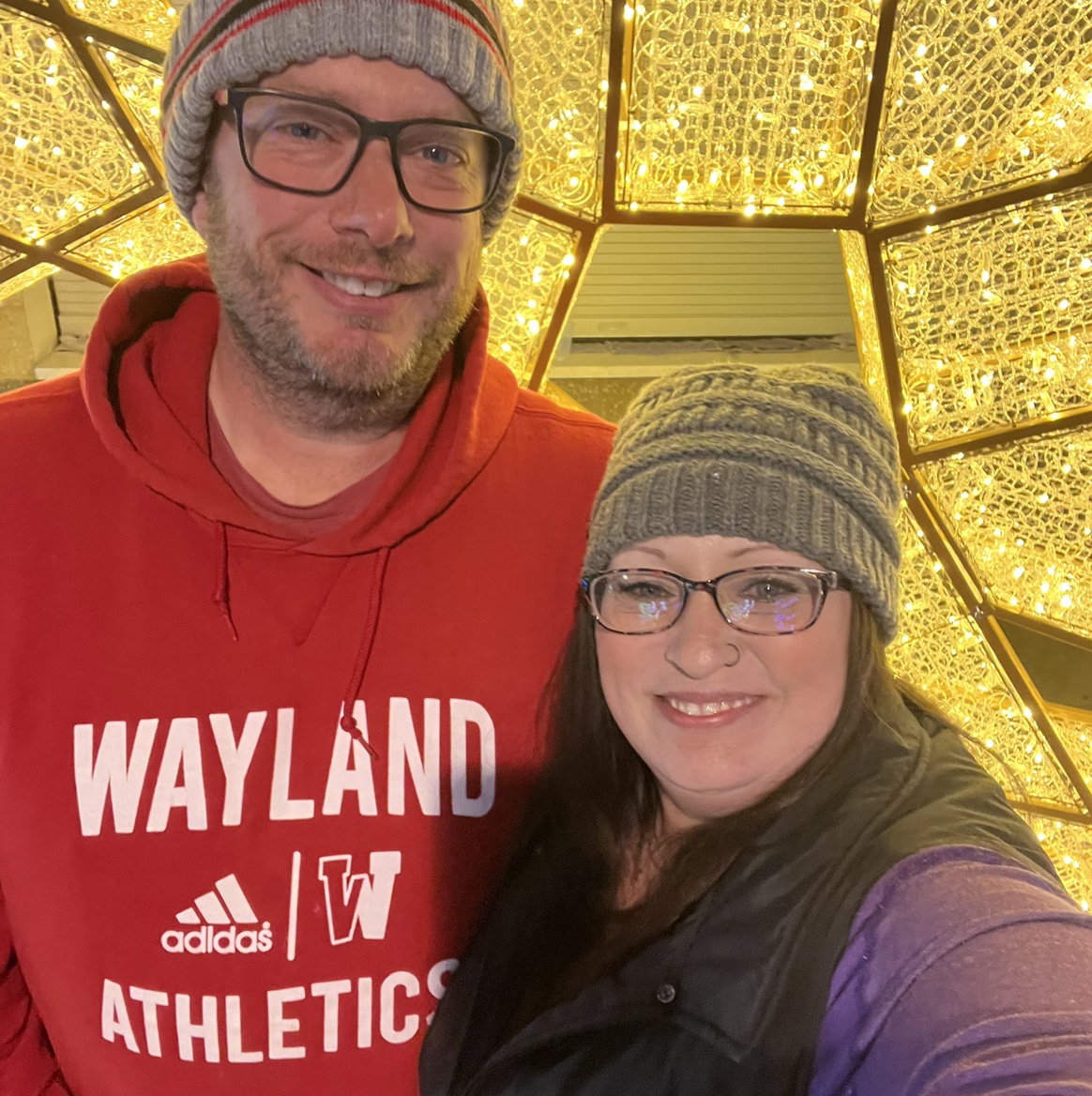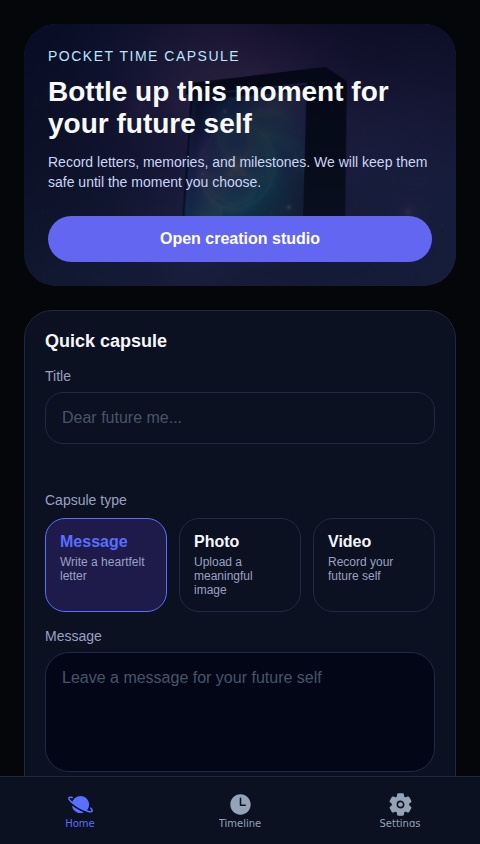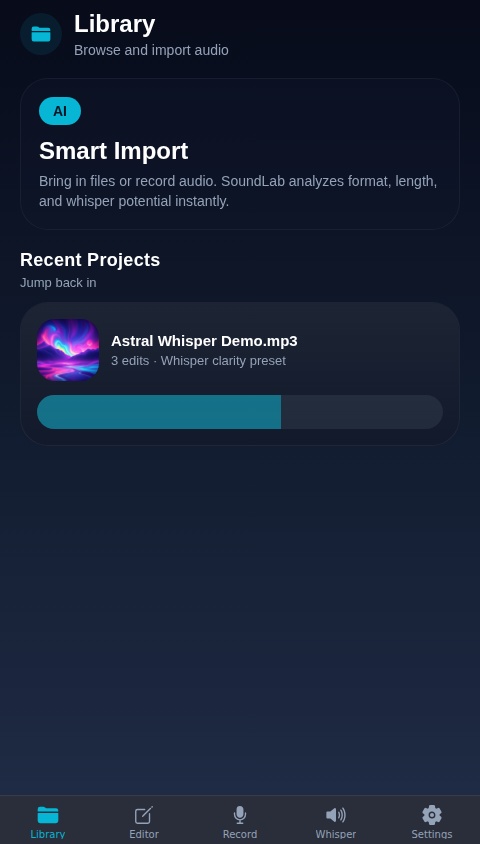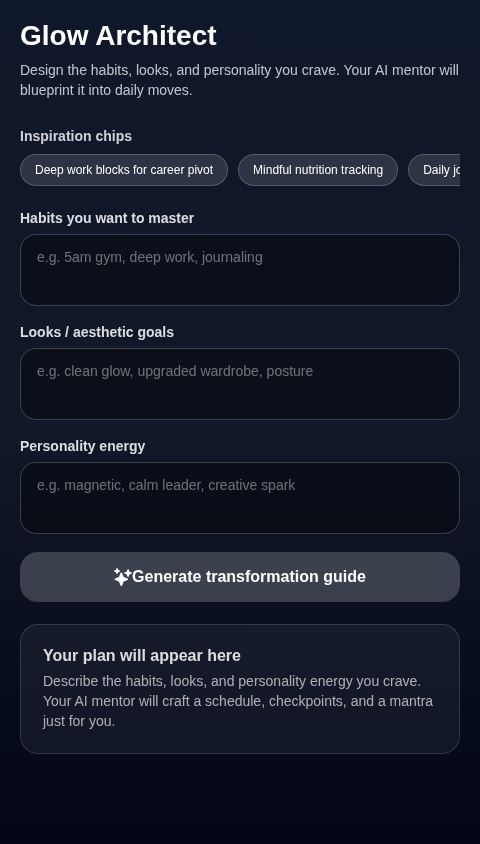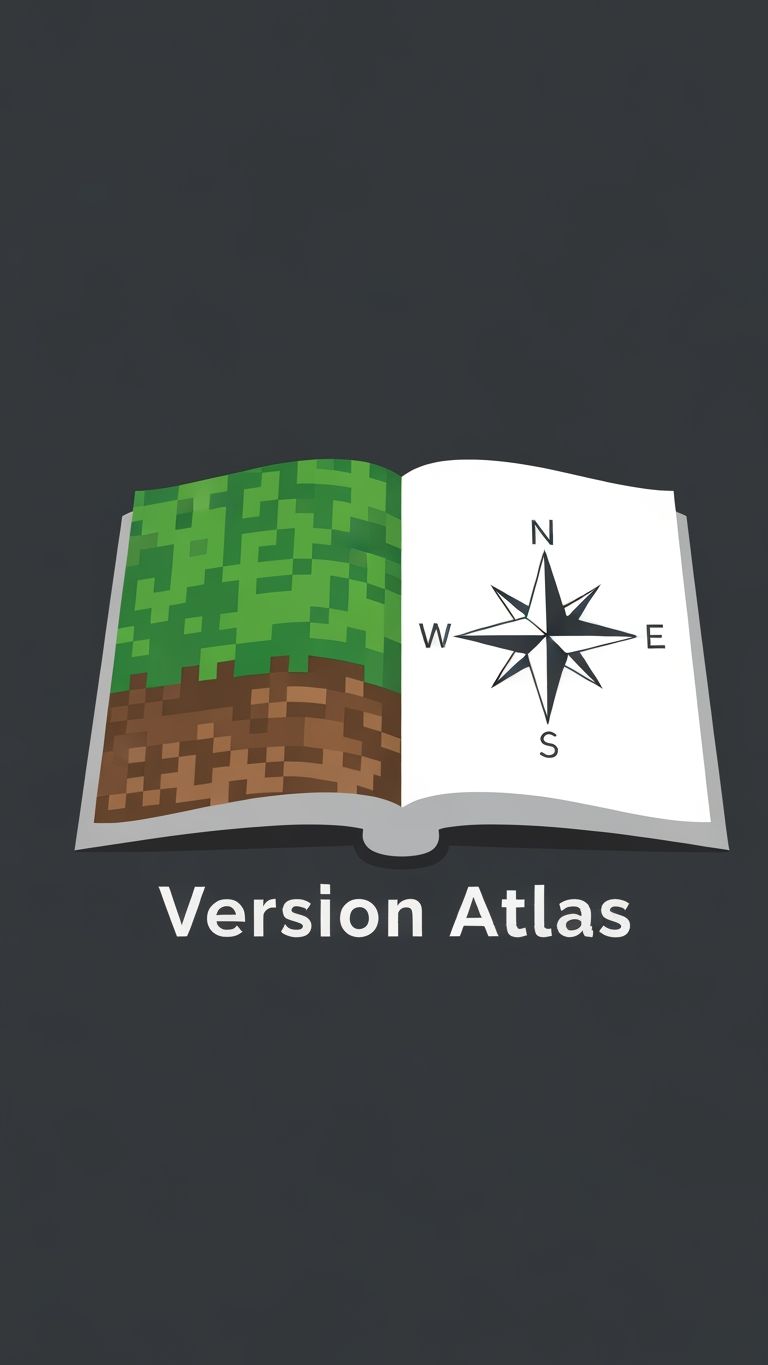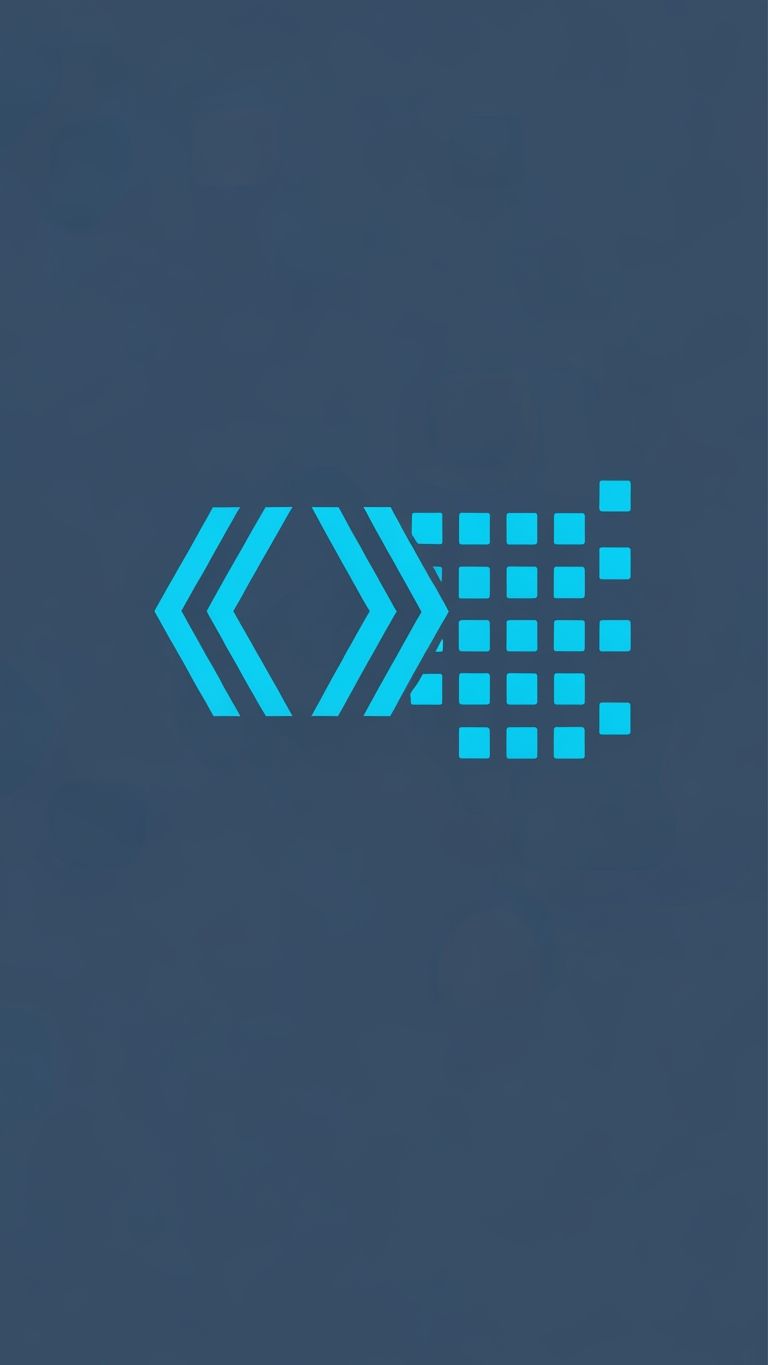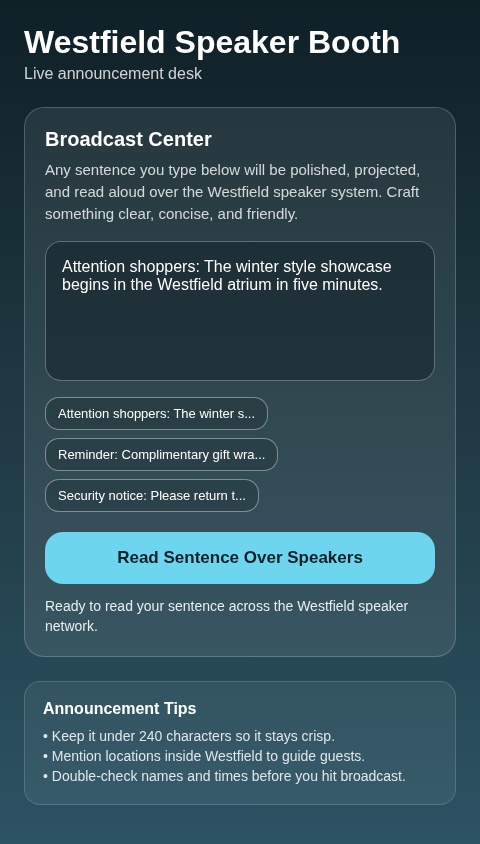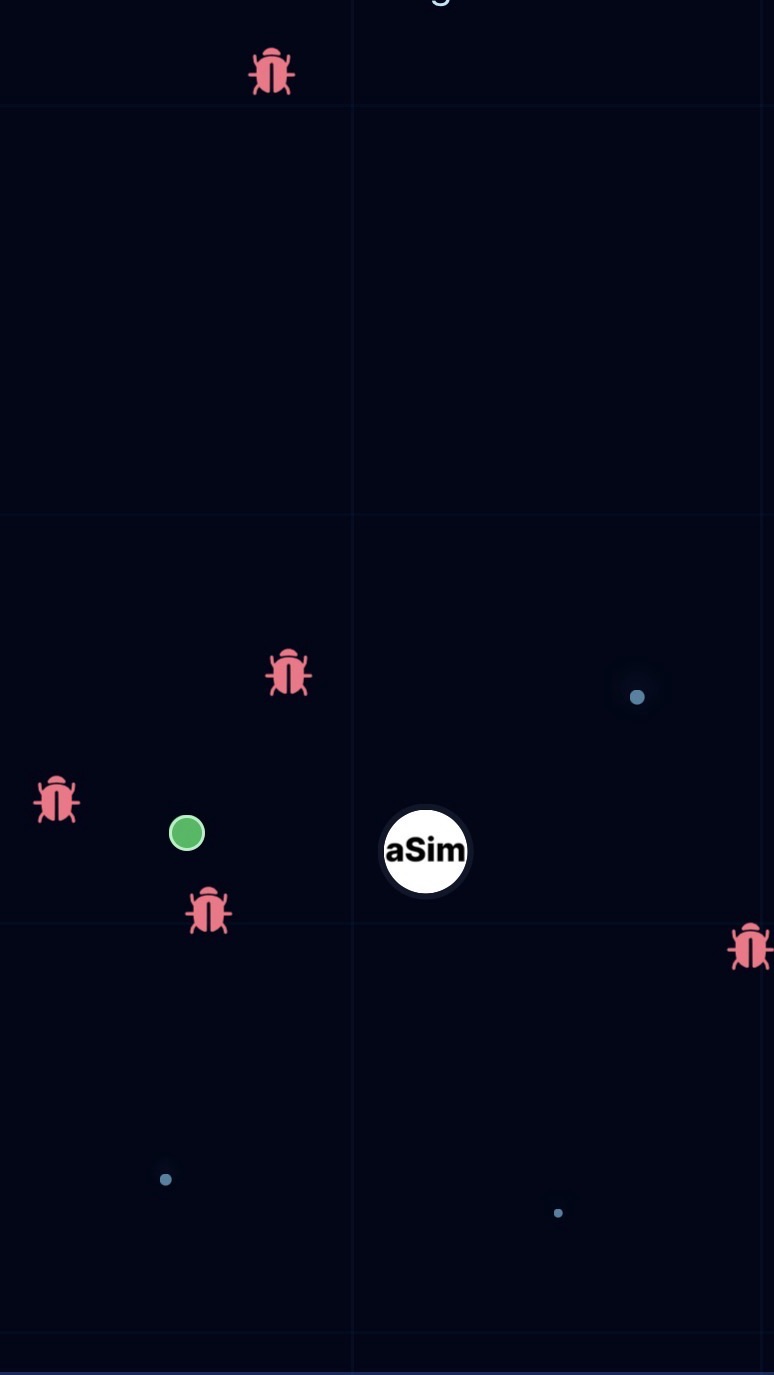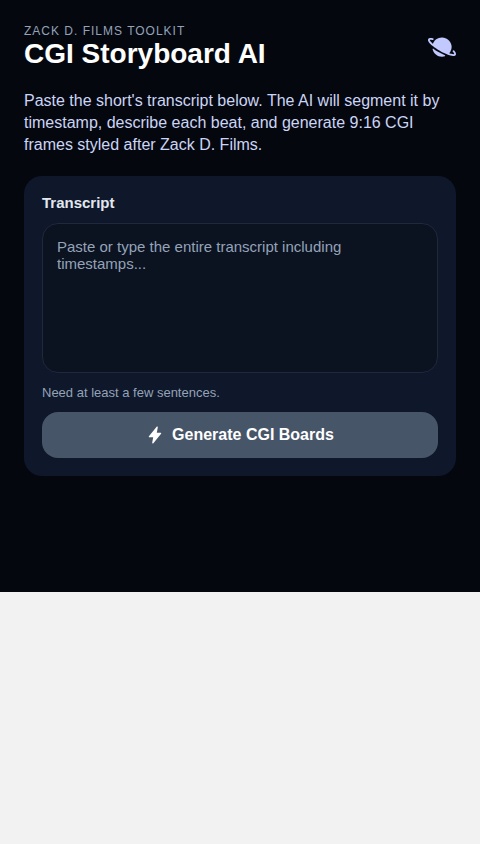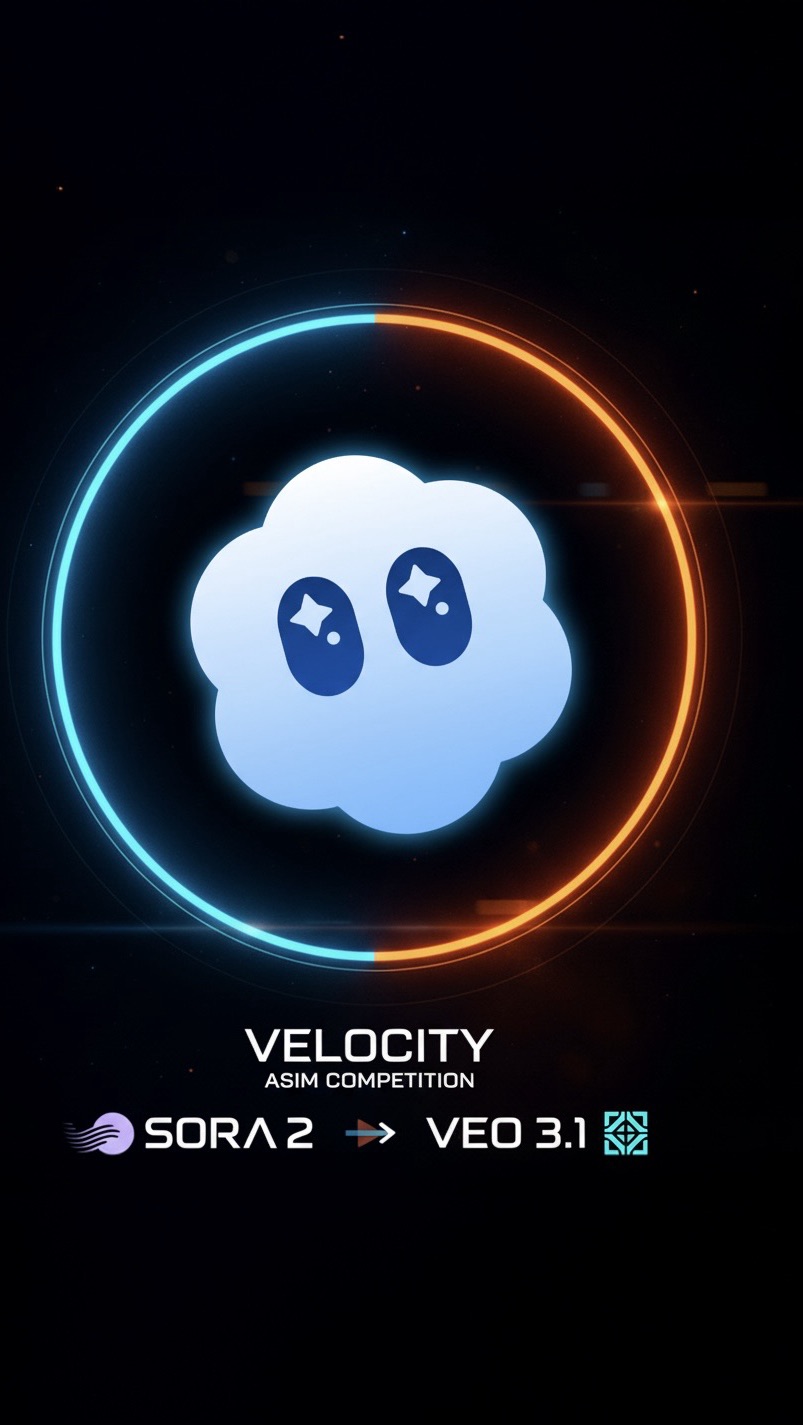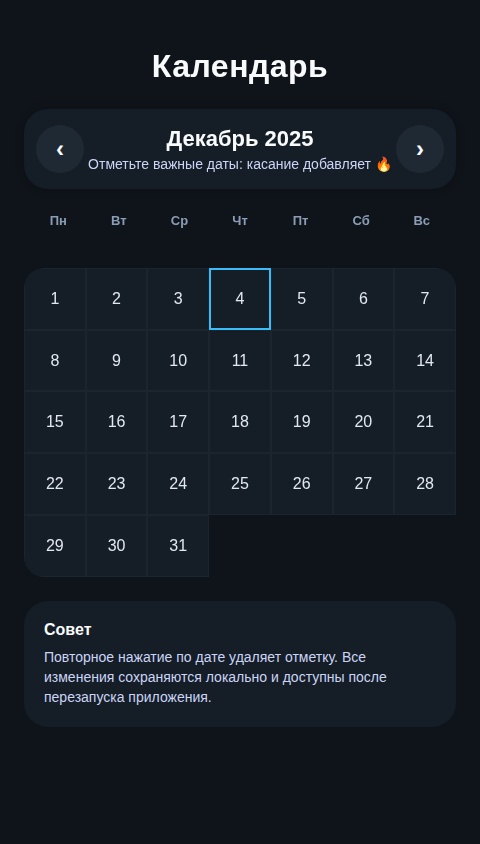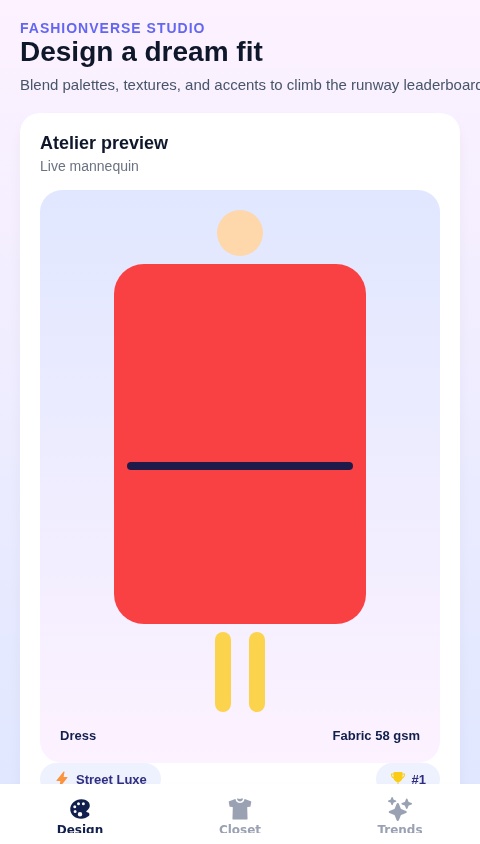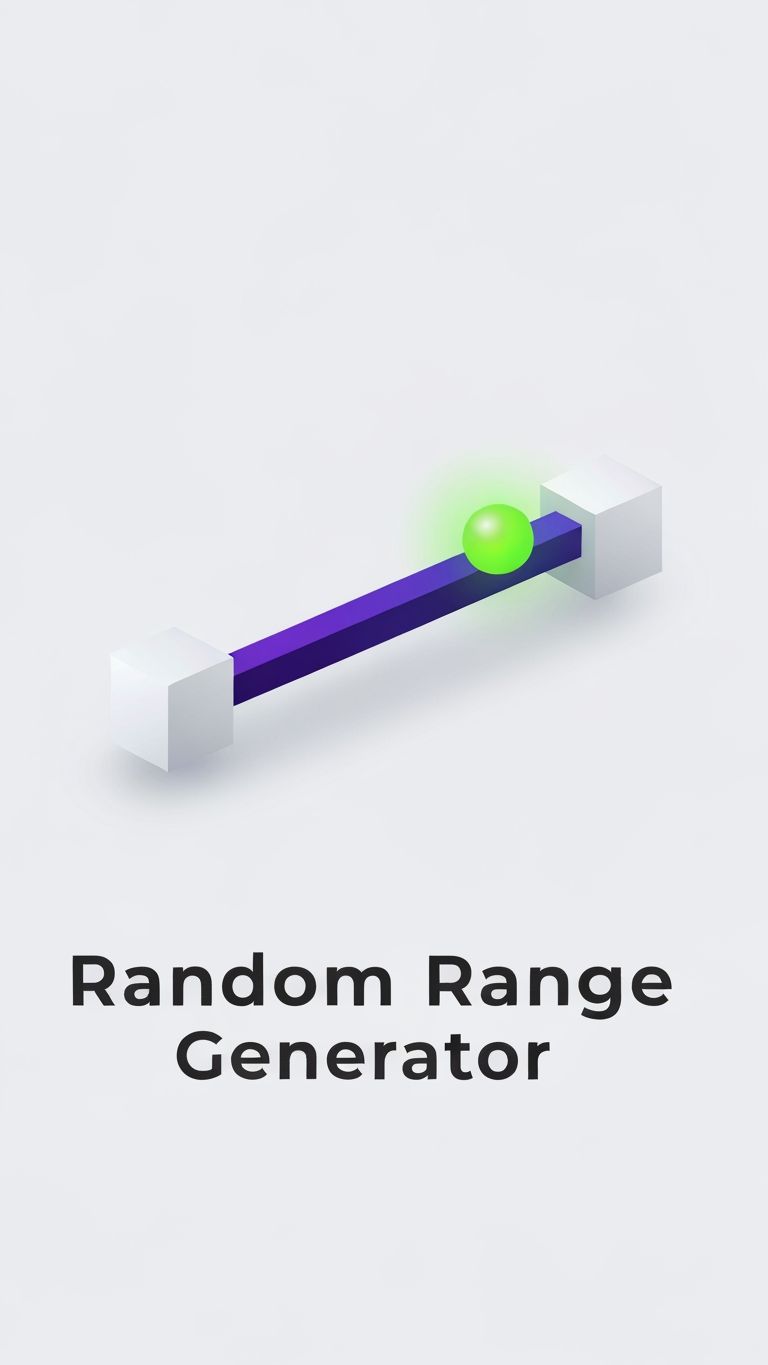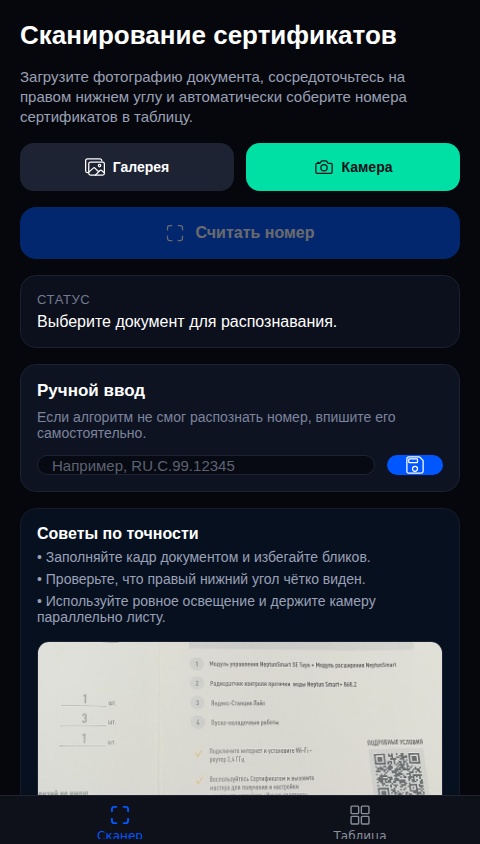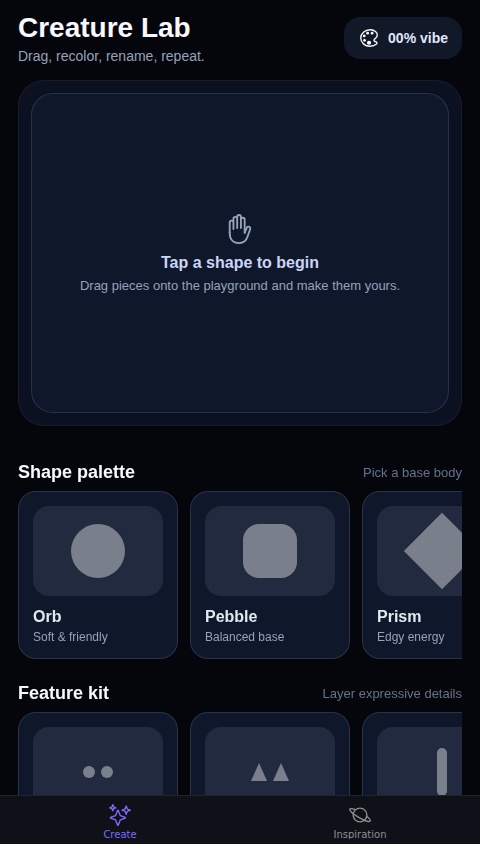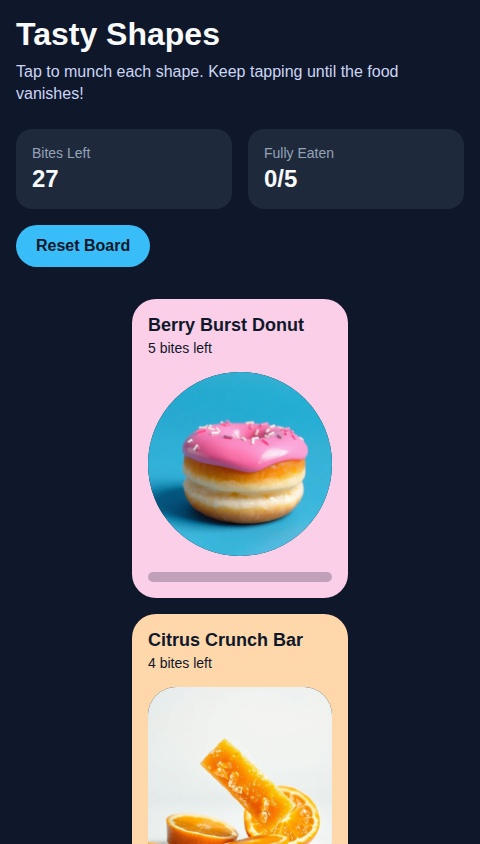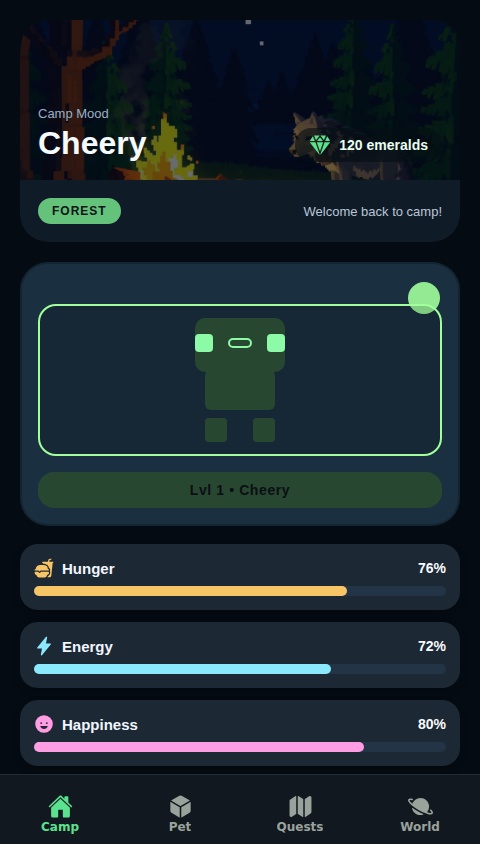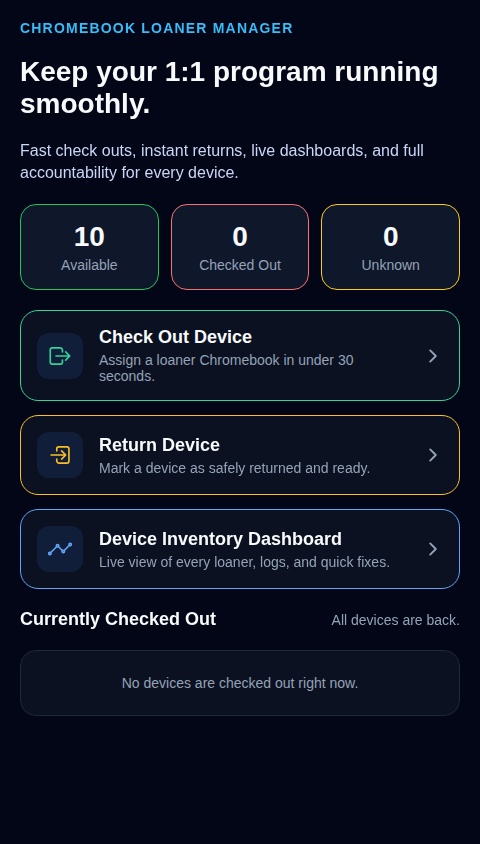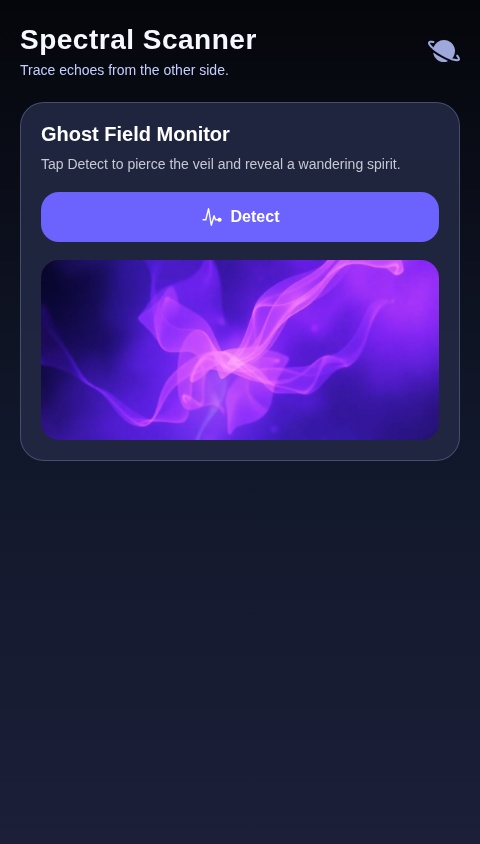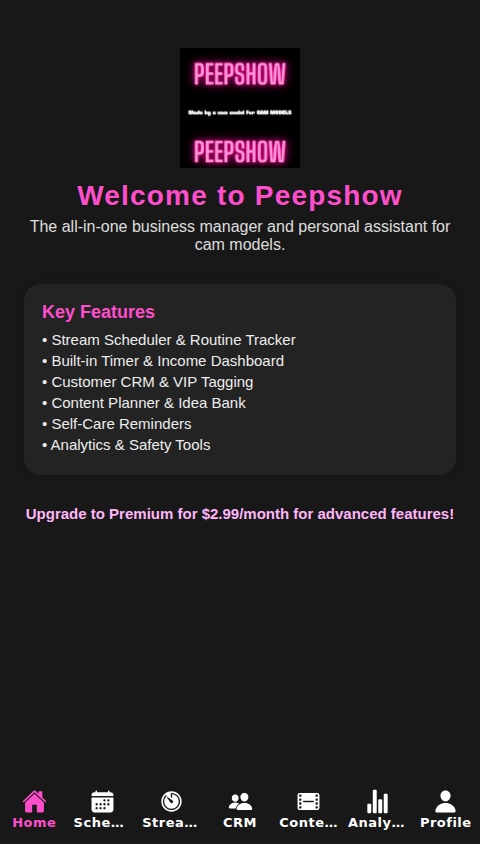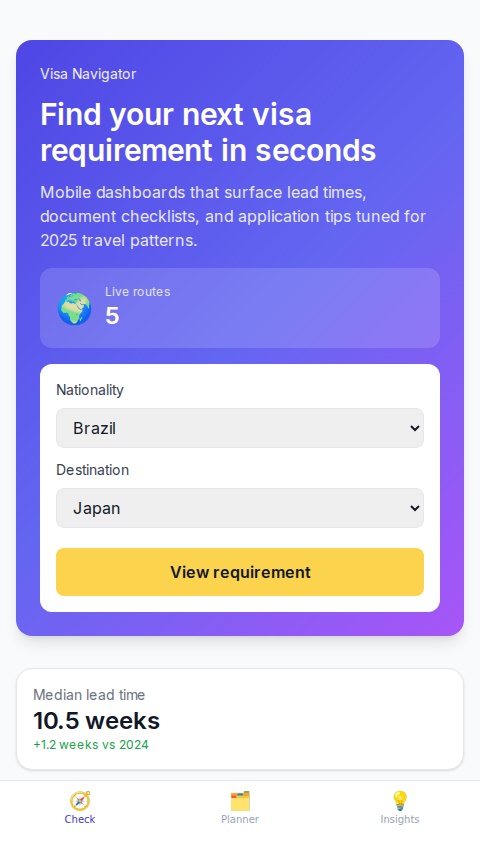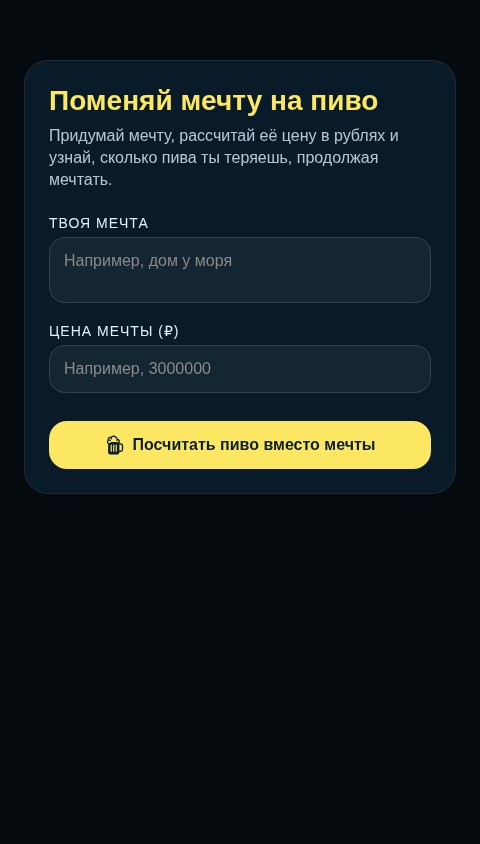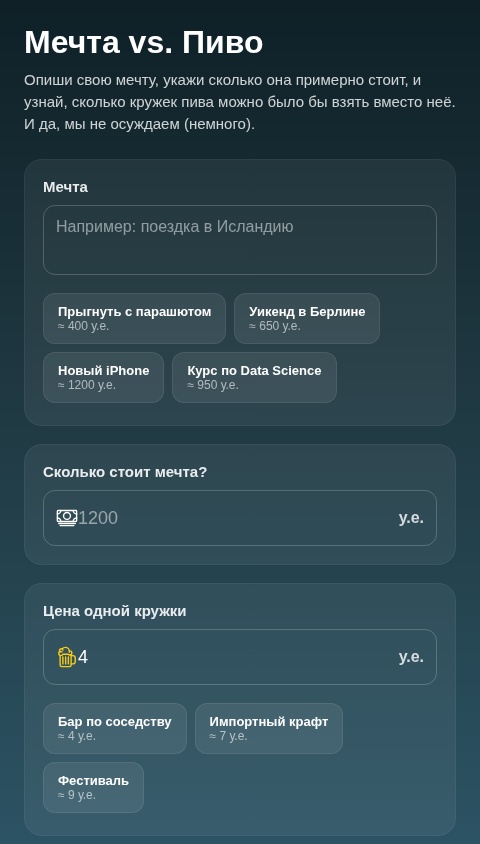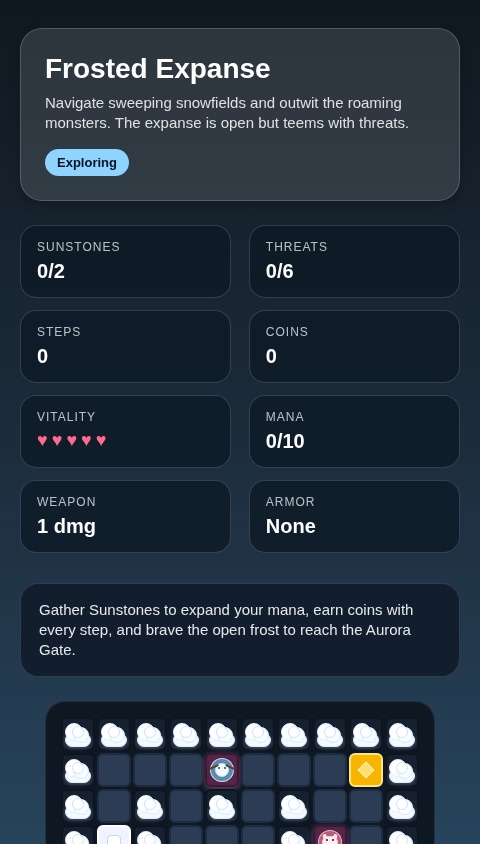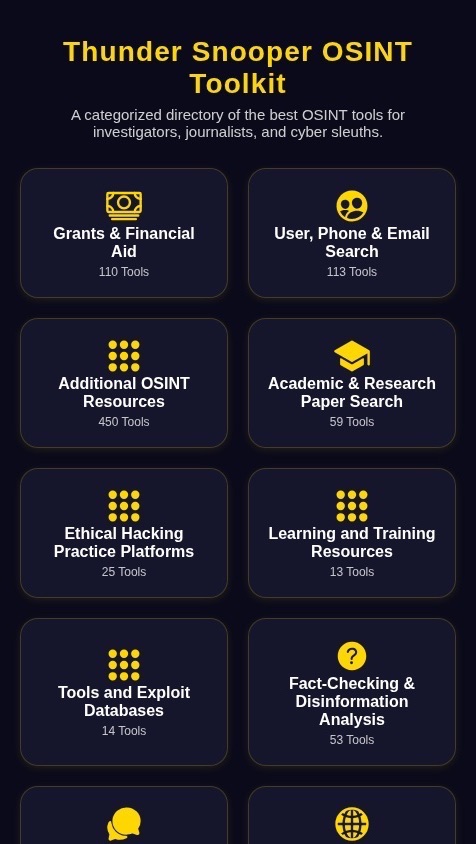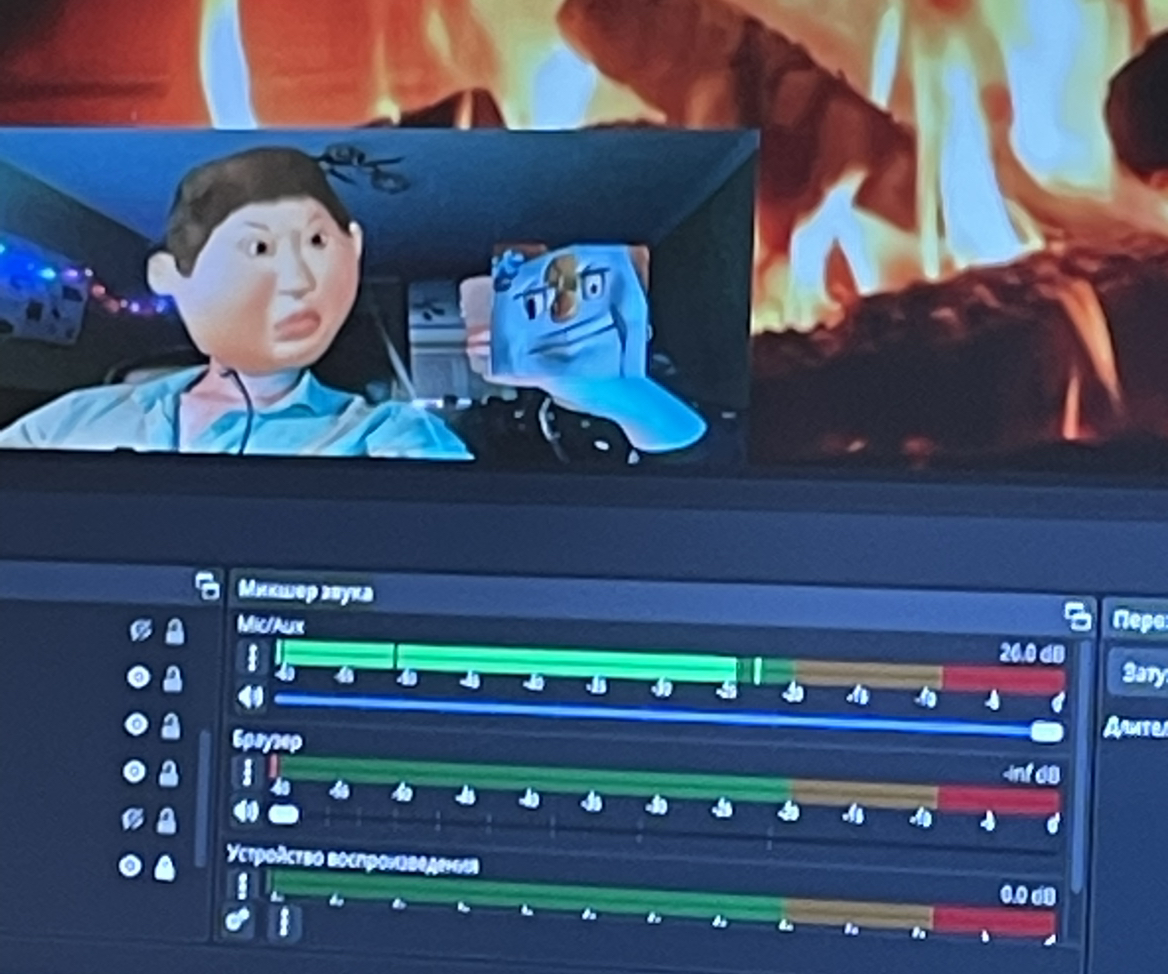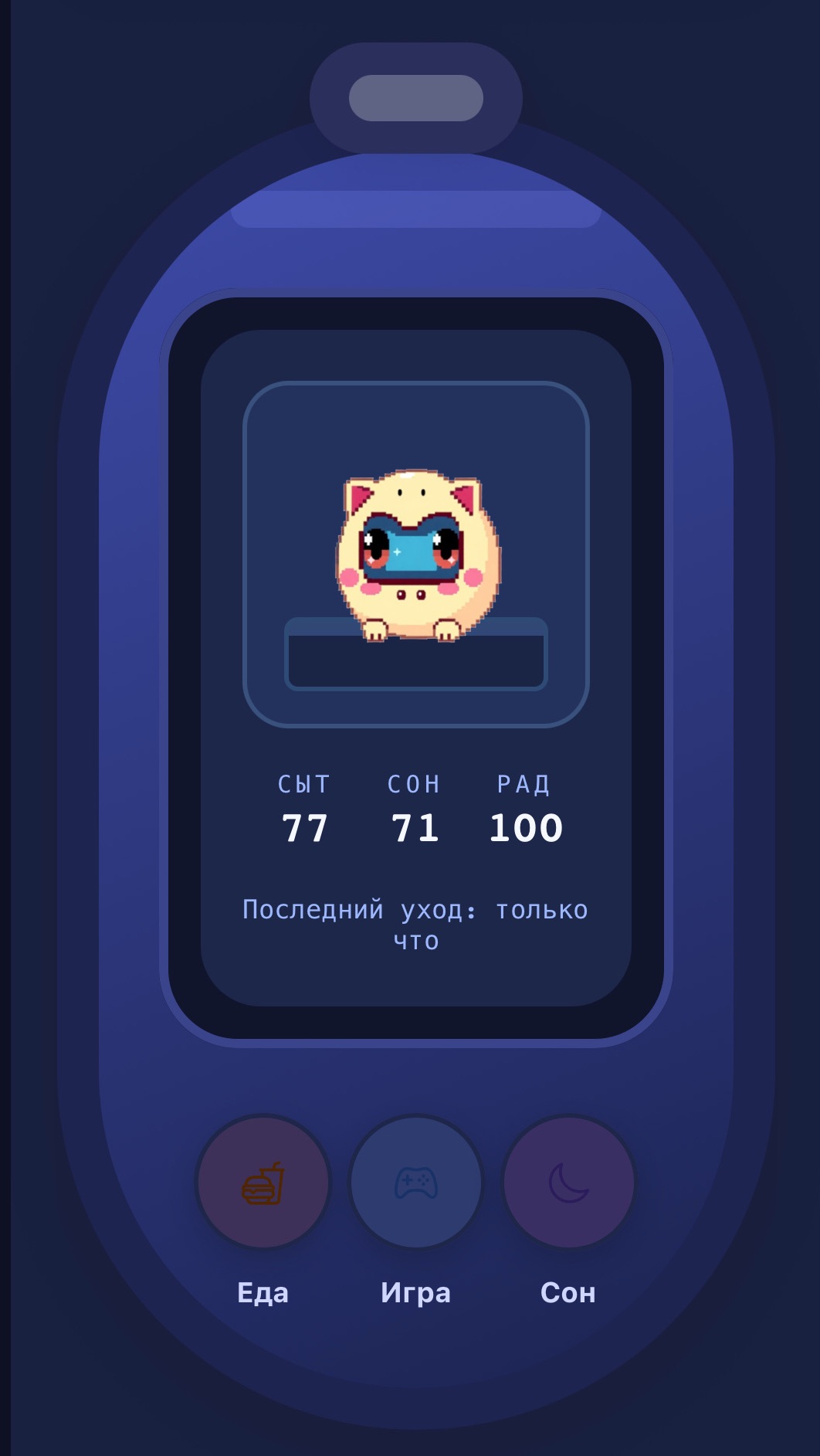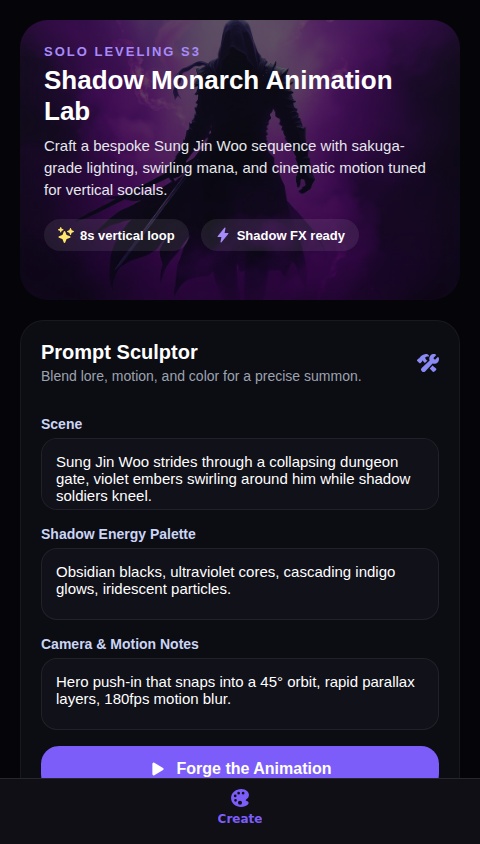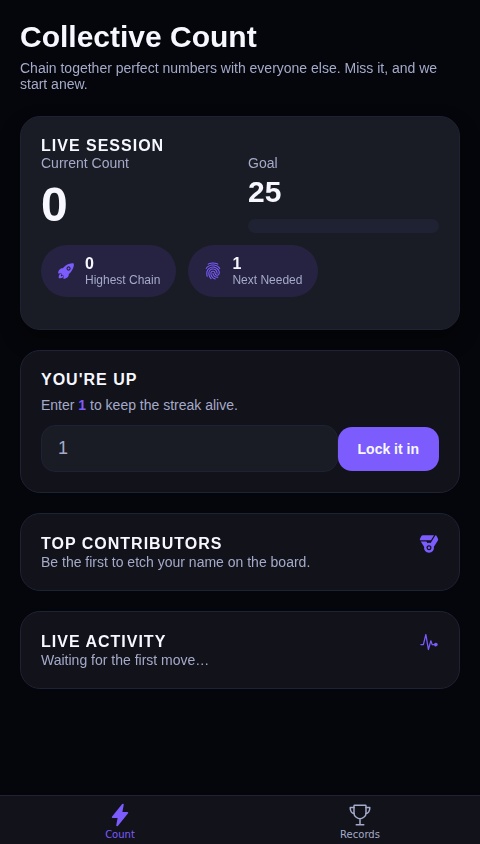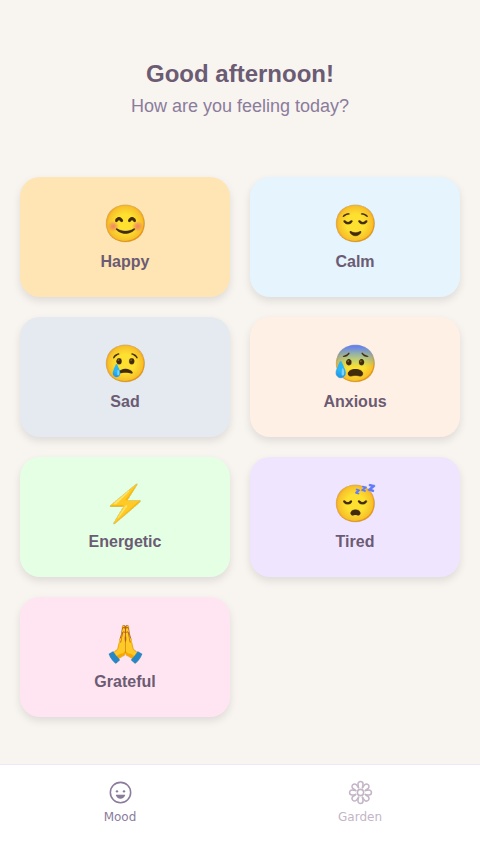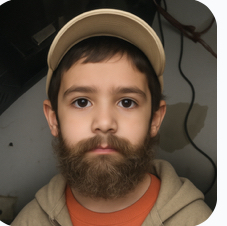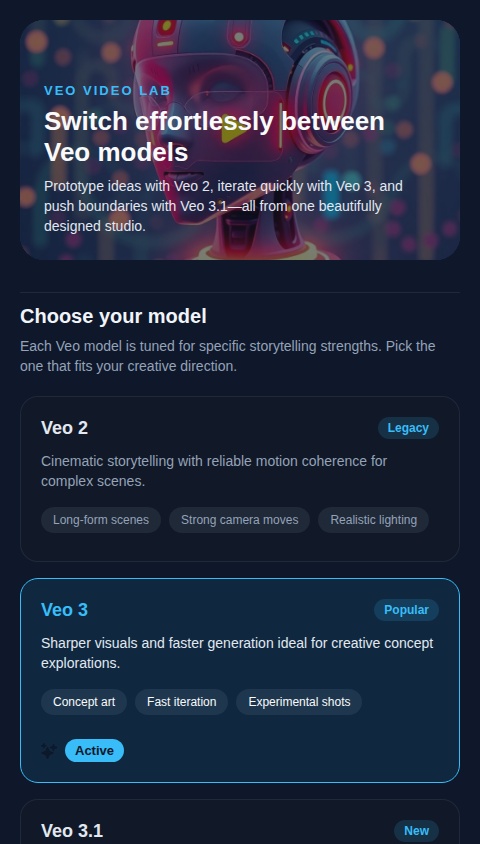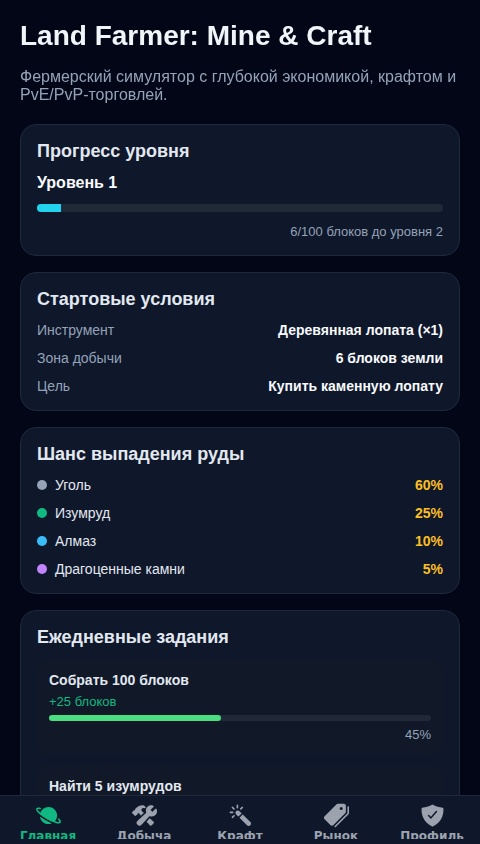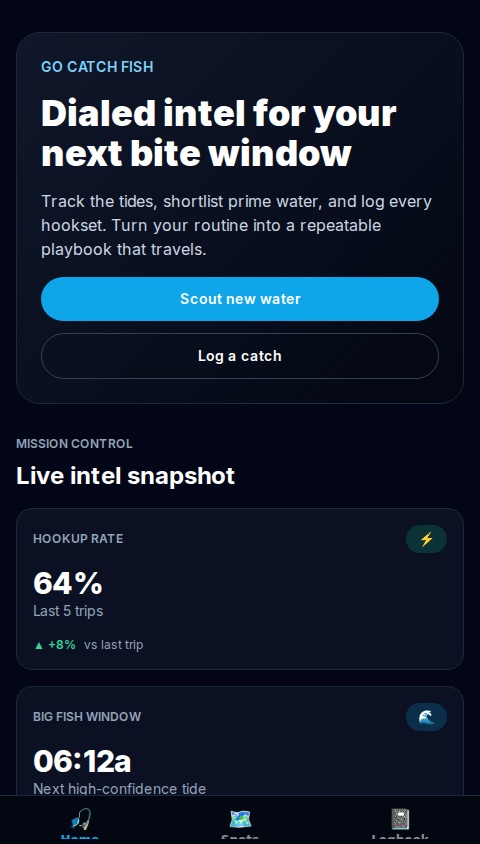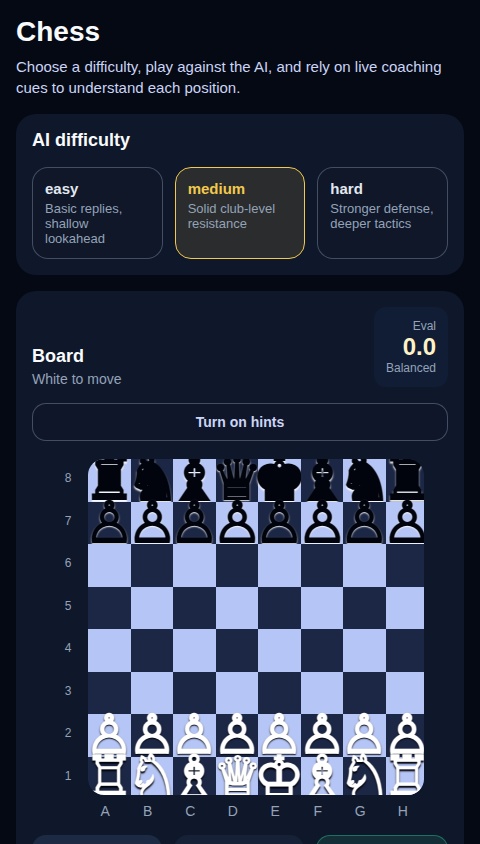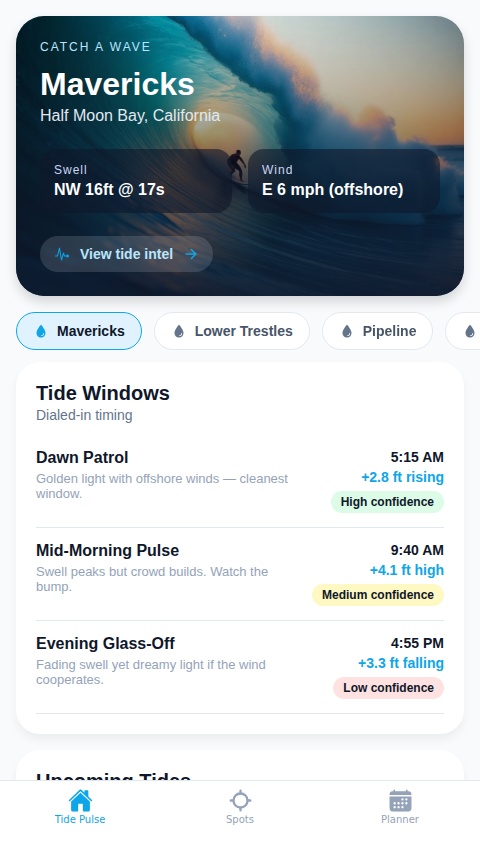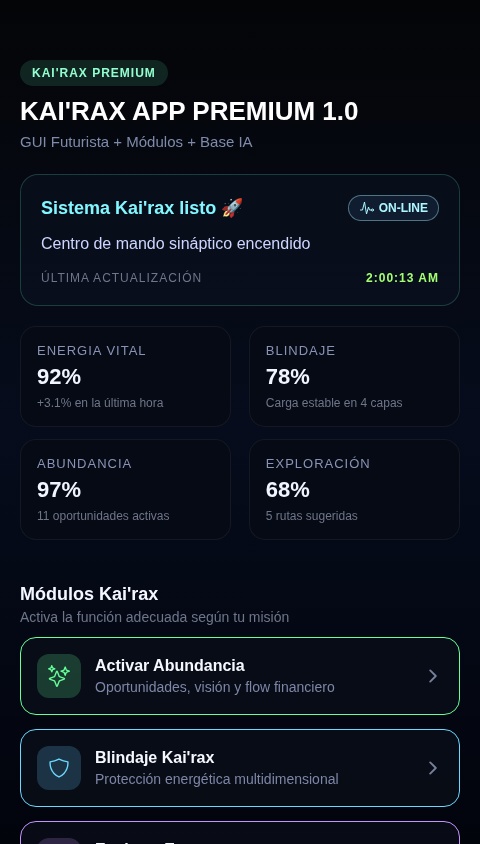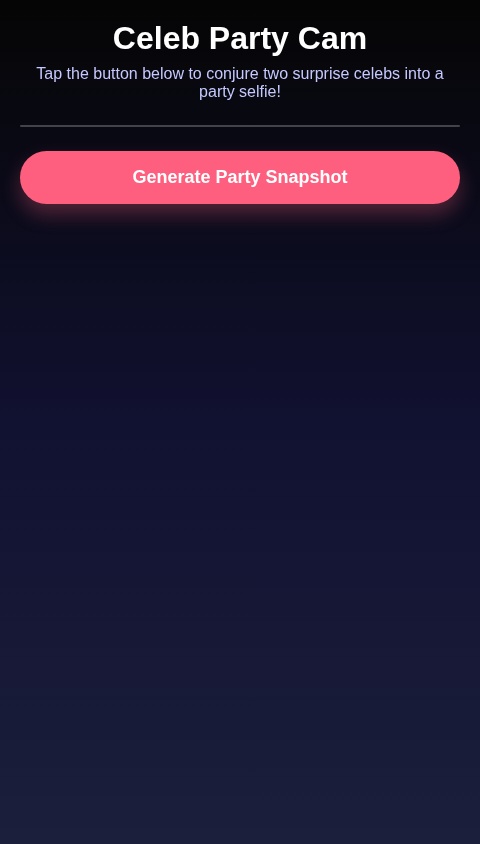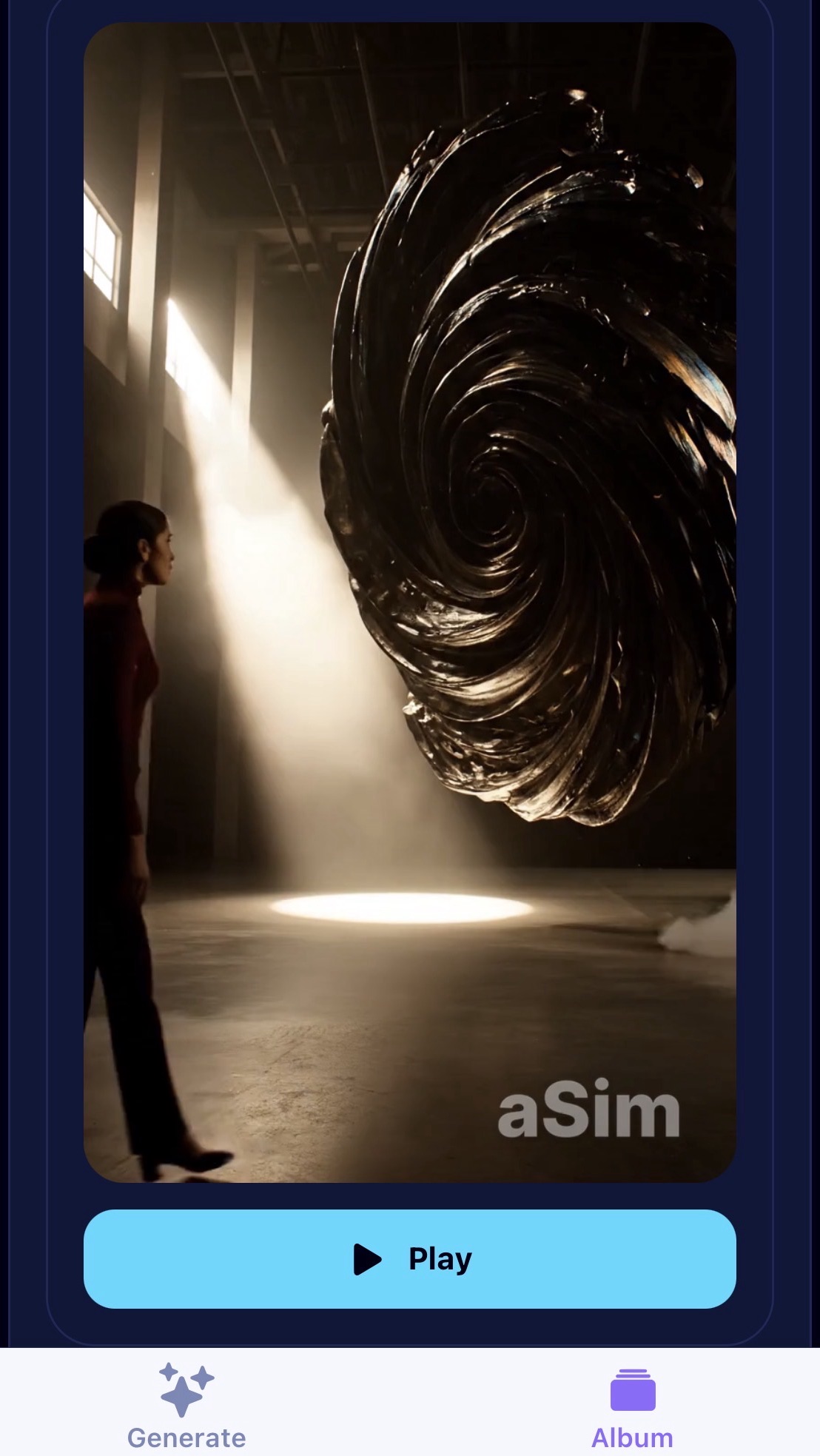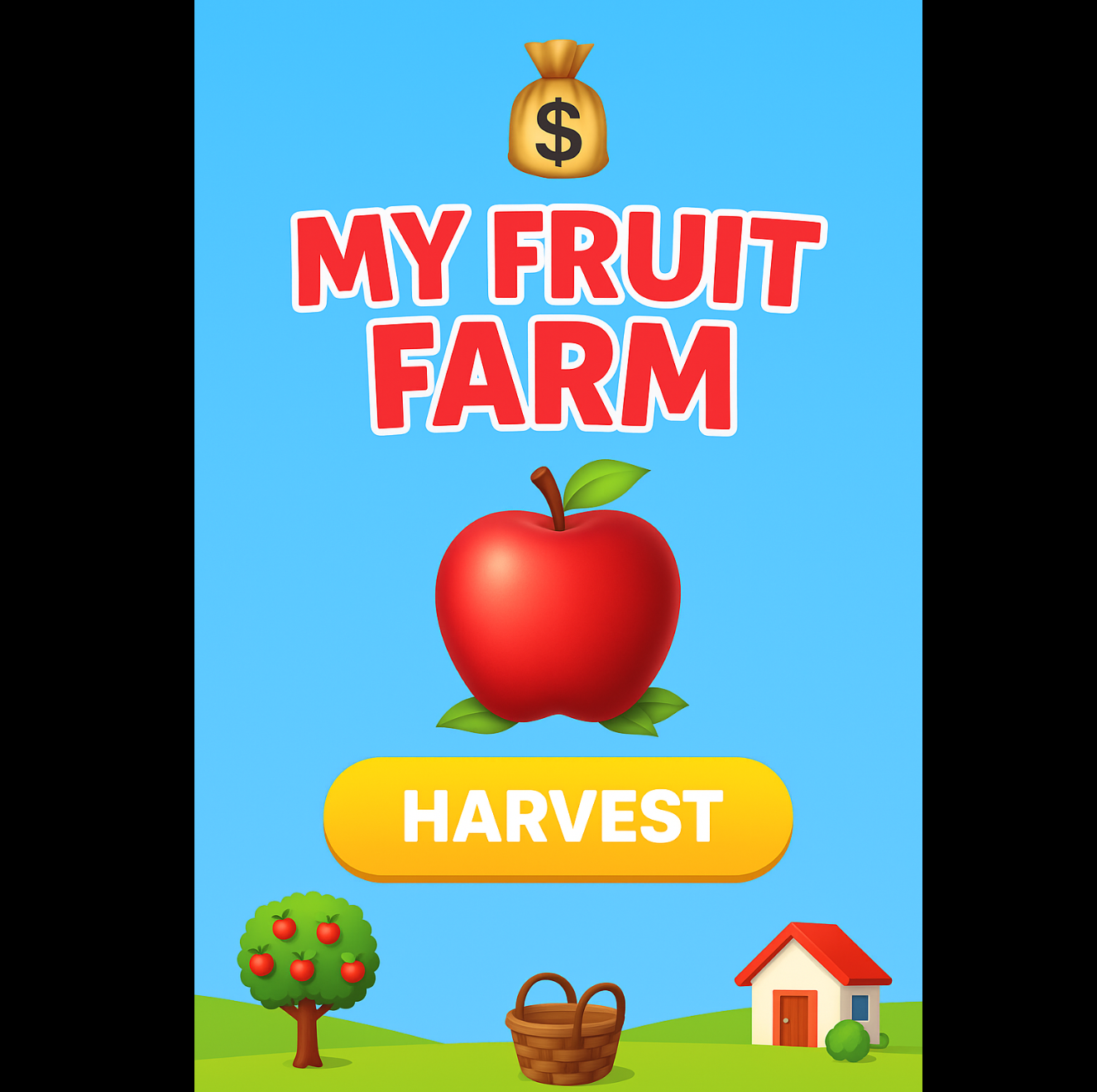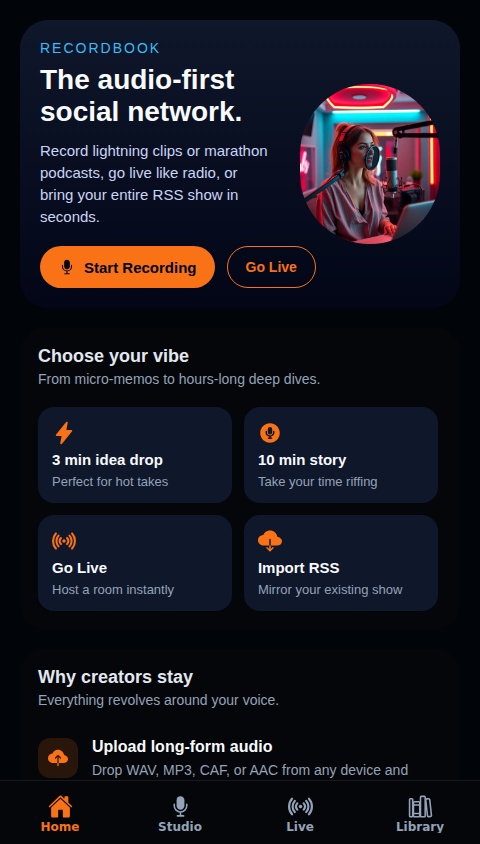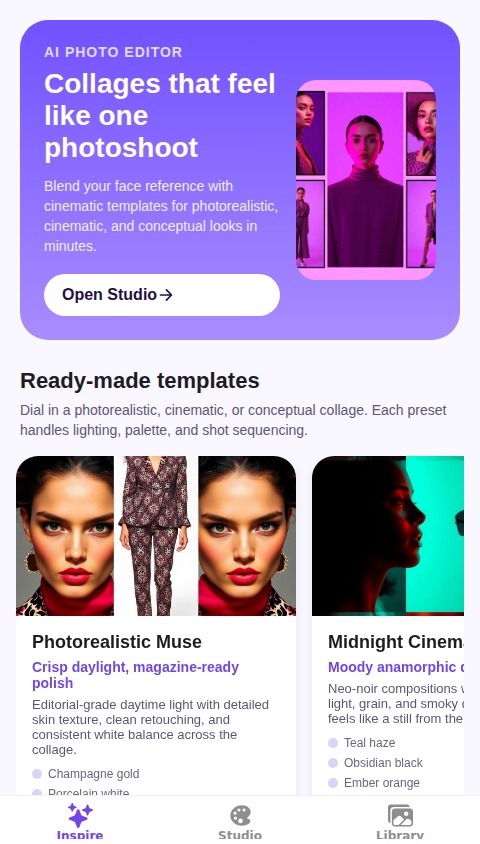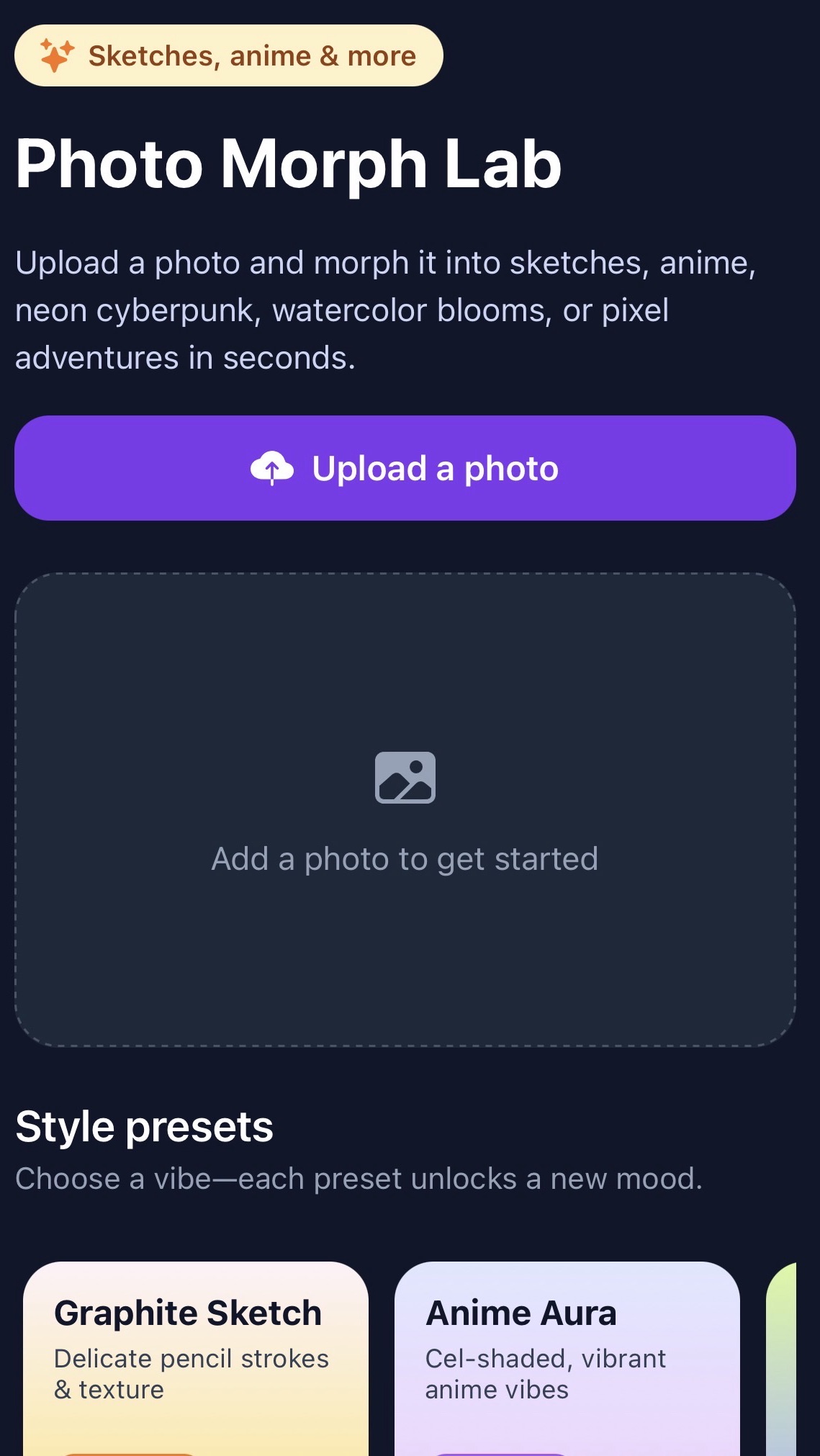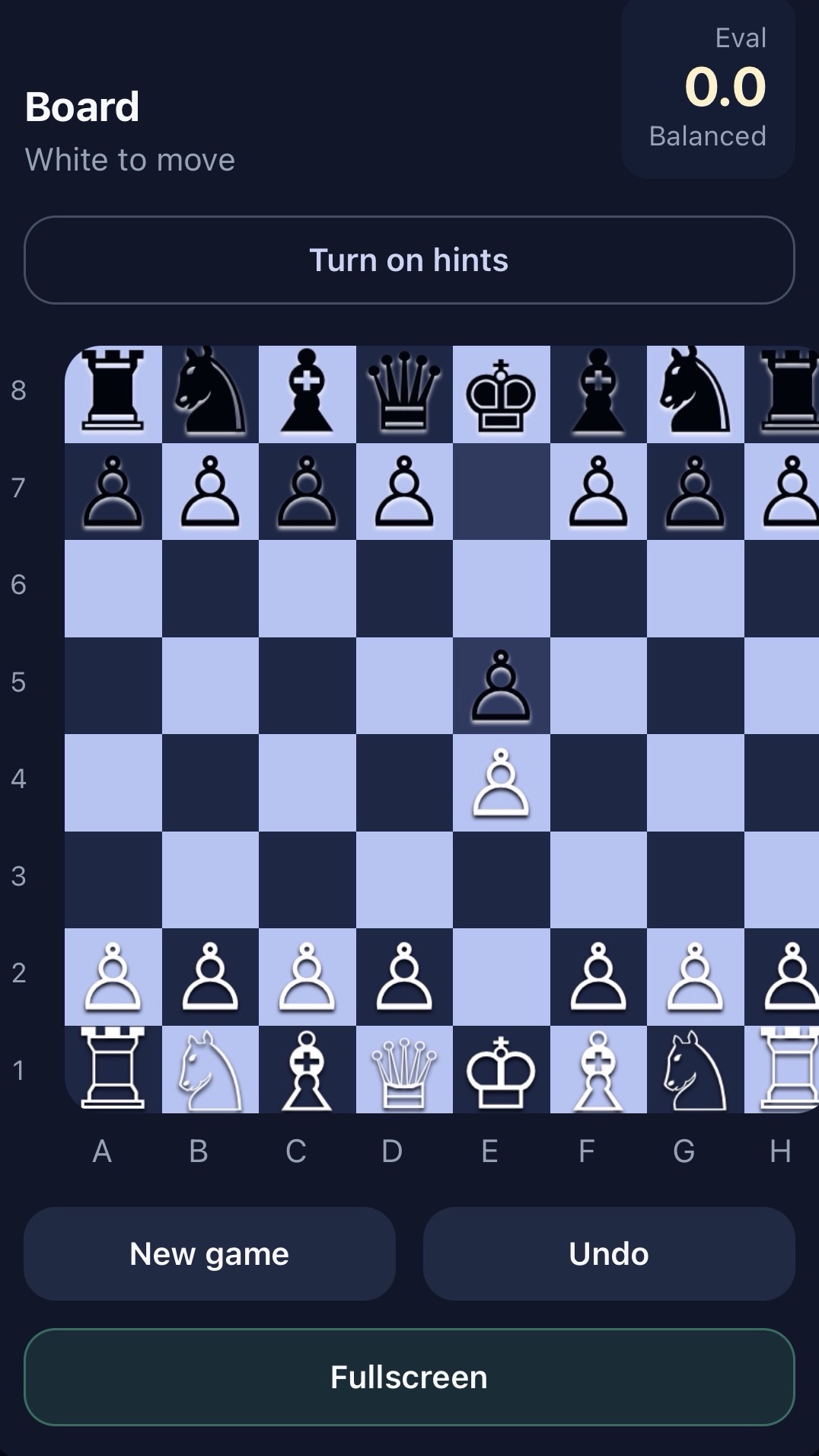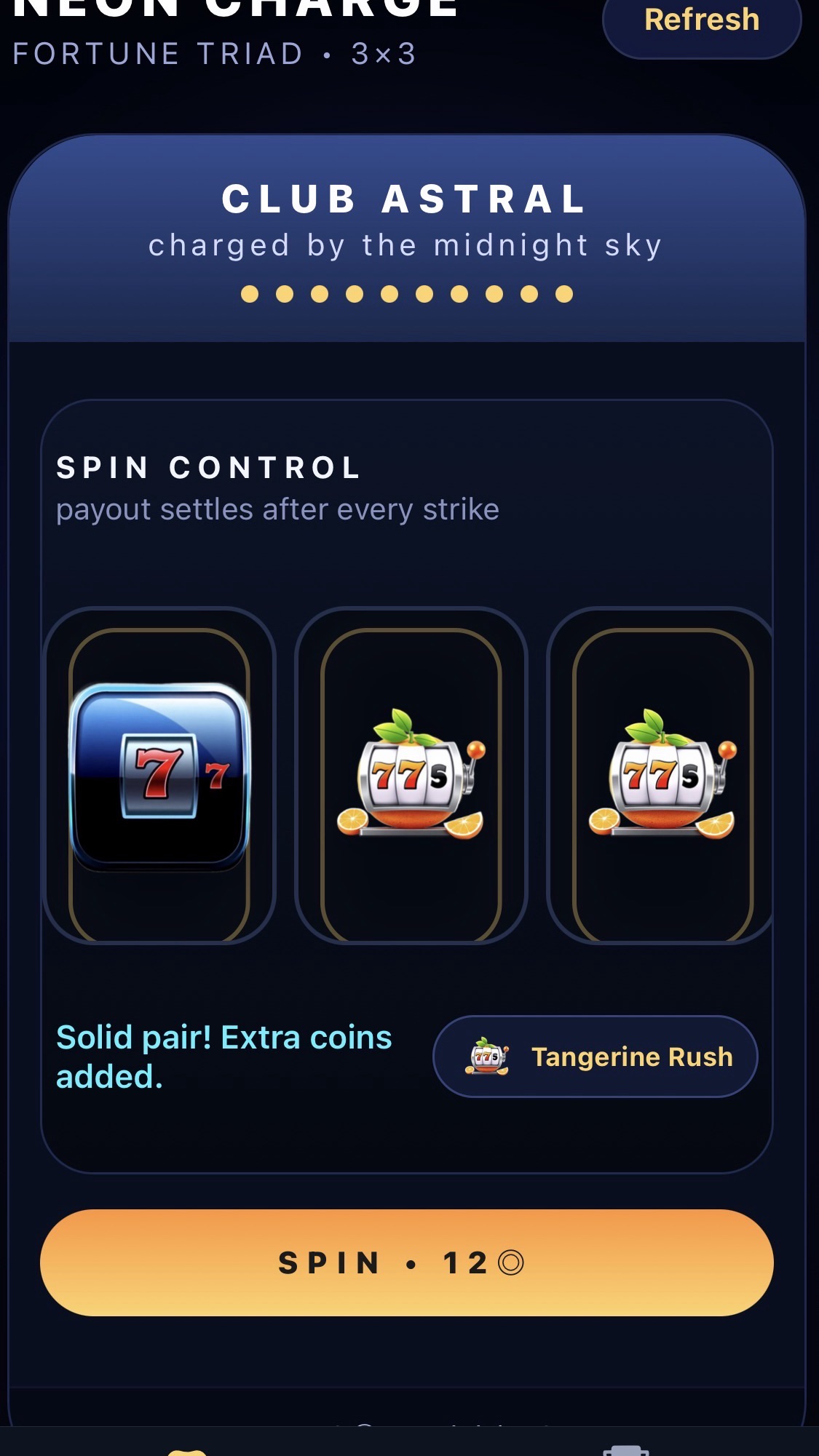Discover & Build Mini-Apps
 @nicksam
@nicksam
444
0
0
I’m going to make a Amazon platform for Amazon and this is the new Amazon app for Amazon, which will have a a digital Visa card or which you can use which you can also copy the card and paste it on any wallet platform and also review the card details And when you first create account for Amazon, but the only way you gonna get $$500,000 on your card and with some credit and points for starters when you first credit account is by creating a new account Amazon you can’t use your old account. I want that being the description and if you arm points and credit of 50% to 40%depending if your Amazon prime member or Amazon Amazon member Amazon member will get 50 and a prime we get 40 points and 40% off Amazon or regular. They get 50% off of East and the points and credit. What does Amazon app have the same function as the Amazon app original Amazon app the same items for Amazon app but I want to add some different items I’m gonna list them and make a list of them. like $500 cash back when you make a purchase over $500. you earn money back when every time you each spend and get over $500 of purchase. items I wanna add to Amazon I’ll for users getting cash back
 @nicksam
@nicksam![```typescriptreact project="amazon-app"...```- **Amazon-like Header:** With the Amazon logo, search, and navigation elements.- **Prime Video Section:** A horizontal scrollable section for movie/show thumbnails.- **Product Categories and Promotions:** Sections for "AmazonBasics", "Shop by Category", and a "Get US $10 off" banner.- **Digital Amazon Visa Card:** A prominent card component displaying the "$509,000 Cashback Bonus" and other payment method options (PayPal, Digital Pay, Your Own Card).- **Prime Discounts:** Dedicated cards for "50% off Prime Video" and "40% off Amazon Prime membership".- **Product Carousels:** Horizontal scrollable sections for "Related to Items You've Viewed" and "Most Popular Sellers", and a grid for "Amazon Top Sellers".- **Other Product Sections:** Simplified sections for "Find unique gifts", "Inexpensive finds", "New gift card designs", and "Renewed electronics".- **Footer:** A basic footer with links.- **Bottom Navigation Bar:** A fixed navigation bar with icons similar to the Amazon app.All product images are placeholders, and the functionality is limited to UI representation as requested.SuggestionsClose suggestions[data-radix-scroll-area-viewport]{scrollbar-width:none;-ms-overflow-style:none;-webkit-overflow-scrolling:touch;}[data-radix-scroll-area-viewport]::-webkit-scrollbar{display:none}Add IntegrationAdd product detail pagesImplement search functionalityAdd user authenticationCreate a shopping cartIntegrate a backend for productsScroll leftScroll right please build the app for meme Develop a mobile application mirroring the core functionality and product offerings of Amazon, but with several key modifications. The application should feature a curated selection of products, similar to Amazon's current inventory, with the ability to add more products later. Integrate a digital Amazon Visa card feature, offering a $500 cashback bonus on every purchase made through the app. Additionally, provide discounts: 50% off for Prime Video subscriptions and 40% off for regular Amazon Prime memberships. The application's design should closely resemble Amazon's interface, including the same logo and a home screen layout that is familiar to Amazon users. The app logo should be displayed on the home screen. The goal is to create a user experience that is both familiar and enhanced, driving user engagement and potentially increasing sales. I want the digital Visa card $509,000 digital card built in Amazon and you can also use PayPal or digital pay or any payment method or your own card and I want the pictures of the Amazon products to be on there too](https://s.asim.sh/images/W_yAal3D6o5JVuENQTMiC.jpeg)
792
0
0
```typescriptreact project="amazon-app"...```- **Amazon-like Header:** With the Amazon logo, search, and navigation elements.- **Prime Video Section:** A horizontal scrollable section for movie/show thumbnails.- **Product Categories and Promotions:** Sections for "AmazonBasics", "Shop by Category", and a "Get US $10 off" banner.- **Digital Amazon Visa Card:** A prominent card component displaying the "$509,000 Cashback Bonus" and other payment method options (PayPal, Digital Pay, Your Own Card).- **Prime Discounts:** Dedicated cards for "50% off Prime Video" and "40% off Amazon Prime membership".- **Product Carousels:** Horizontal scrollable sections for "Related to Items You've Viewed" and "Most Popular Sellers", and a grid for "Amazon Top Sellers".- **Other Product Sections:** Simplified sections for "Find unique gifts", "Inexpensive finds", "New gift card designs", and "Renewed electronics".- **Footer:** A basic footer with links.- **Bottom Navigation Bar:** A fixed navigation bar with icons similar to the Amazon app.All product images are placeholders, and the functionality is limited to UI representation as requested.SuggestionsClose suggestions[data-radix-scroll-area-viewport]{scrollbar-width:none;-ms-overflow-style:none;-webkit-overflow-scrolling:touch;}[data-radix-scroll-area-viewport]::-webkit-scrollbar{display:none}Add IntegrationAdd product detail pagesImplement search functionalityAdd user authenticationCreate a shopping cartIntegrate a backend for productsScroll leftScroll right please build the app for meme Develop a mobile application mirroring the core functionality and product offerings of Amazon, but with several key modifications. The application should feature a curated selection of products, similar to Amazon's current inventory, with the ability to add more products later. Integrate a digital Amazon Visa card feature, offering a $500 cashback bonus on every purchase made through the app. Additionally, provide discounts: 50% off for Prime Video subscriptions and 40% off for regular Amazon Prime memberships. The application's design should closely resemble Amazon's interface, including the same logo and a home screen layout that is familiar to Amazon users. The app logo should be displayed on the home screen. The goal is to create a user experience that is both familiar and enhanced, driving user engagement and potentially increasing sales. I want the digital Visa card $509,000 digital card built in Amazon and you can also use PayPal or digital pay or any payment method or your own card and I want the pictures of the Amazon products to be on there too
© 2025 aSim. All rights reserved.

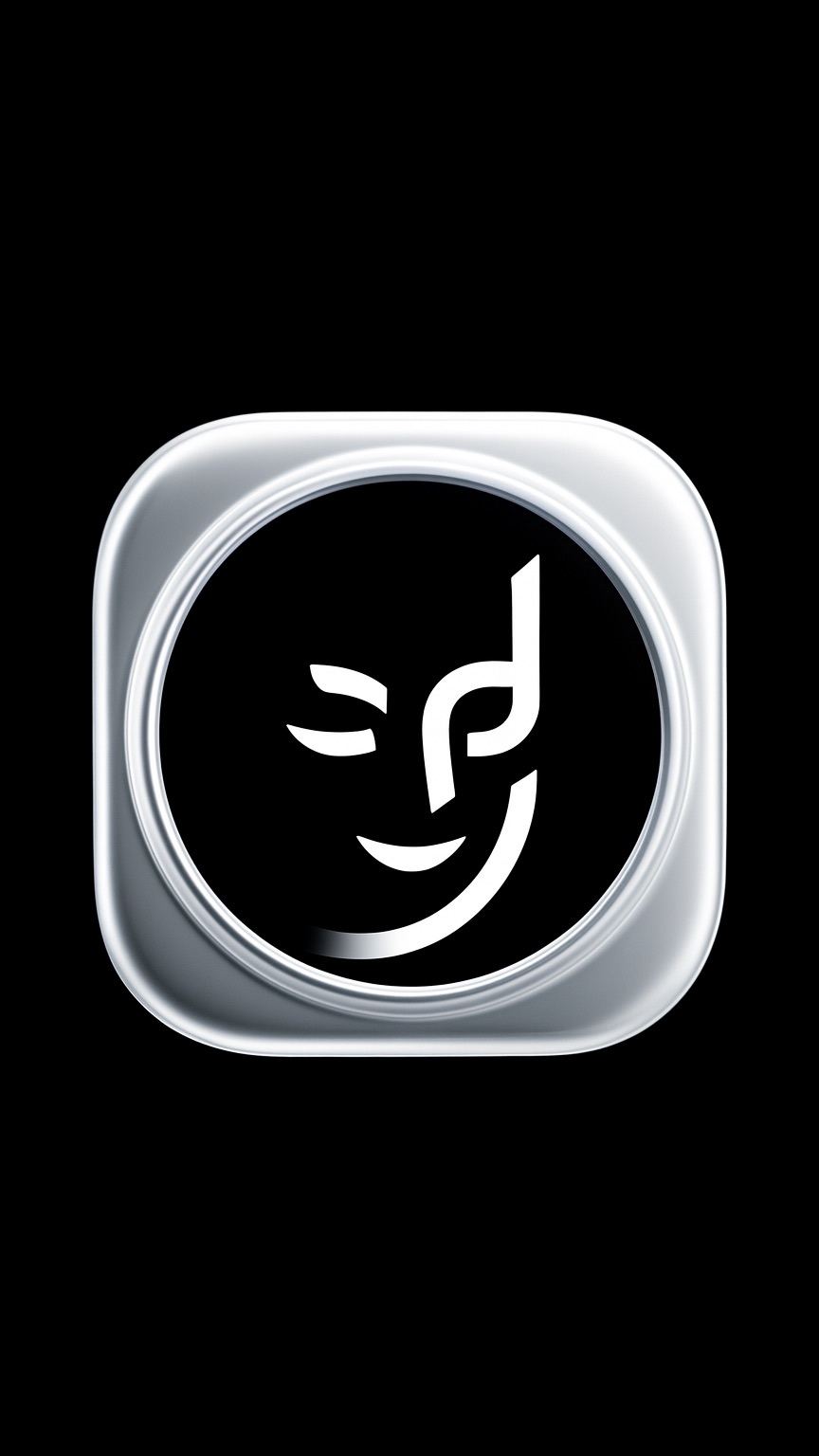


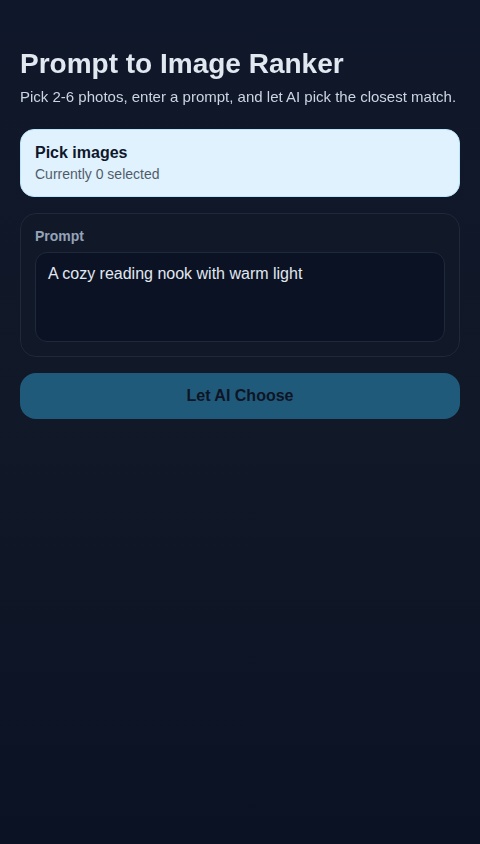
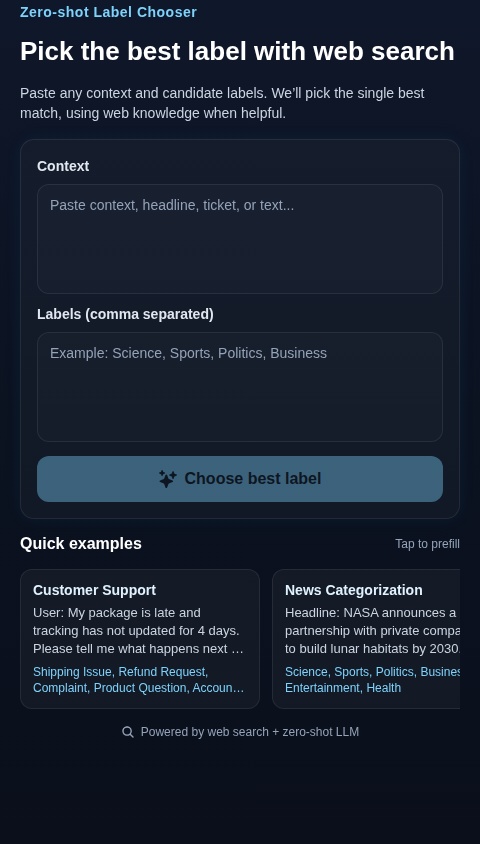
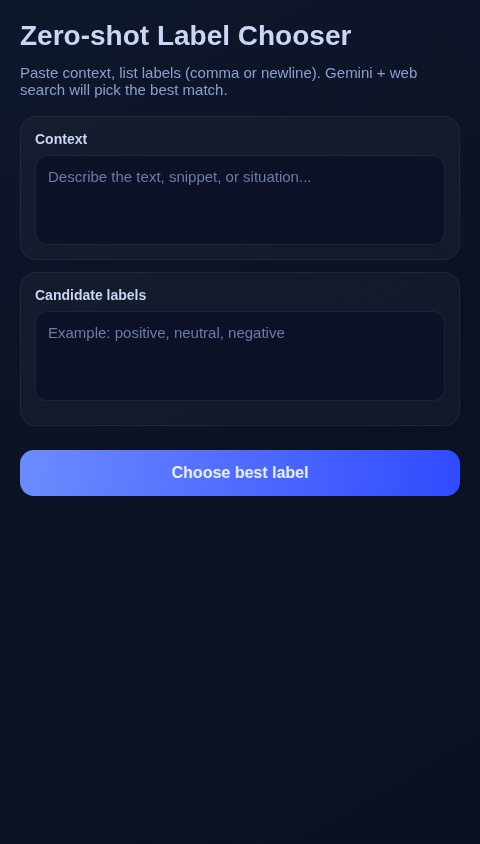
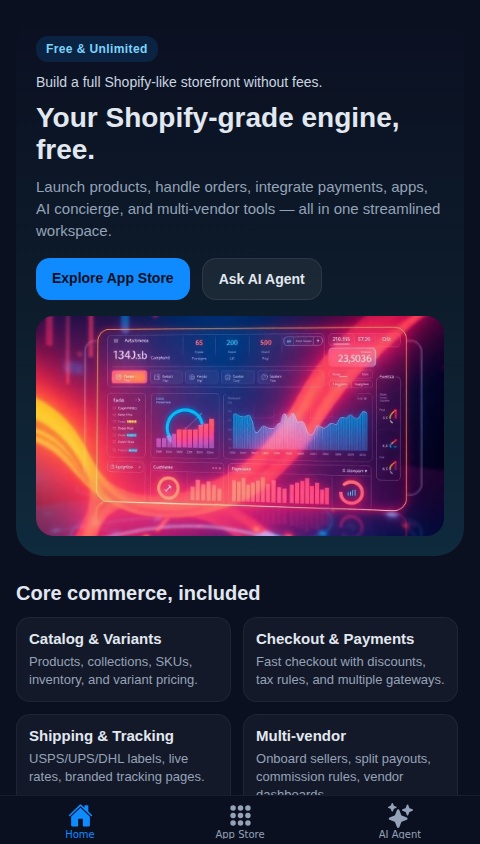


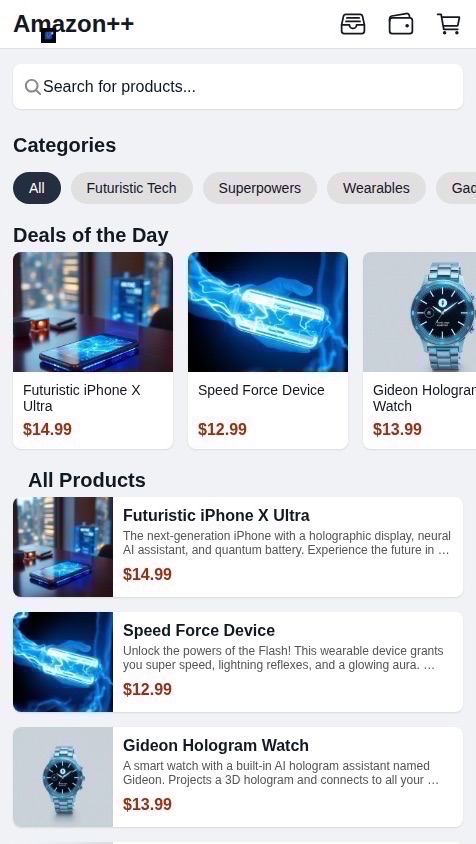
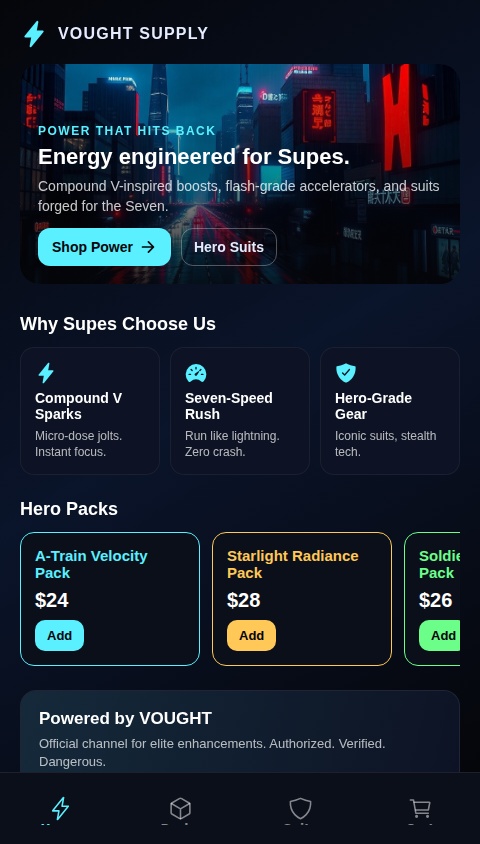
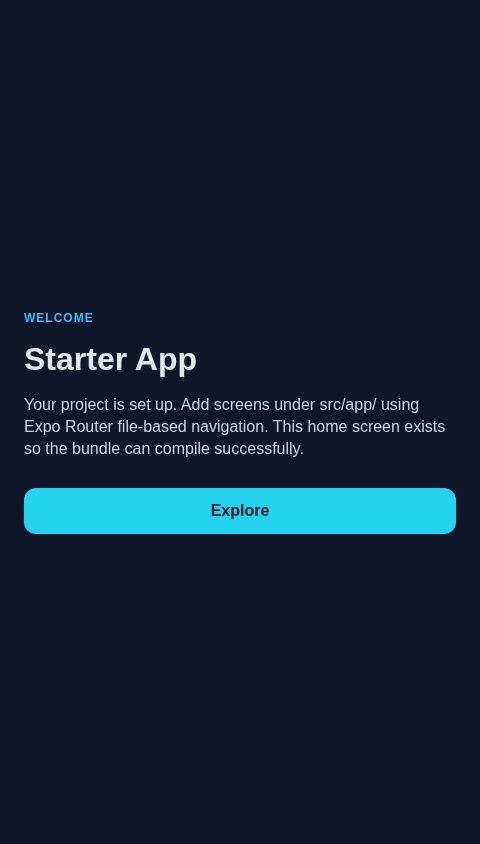
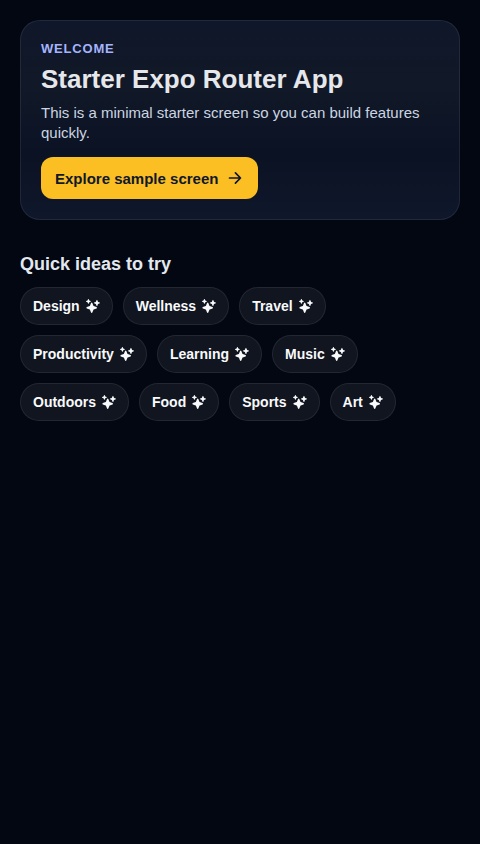
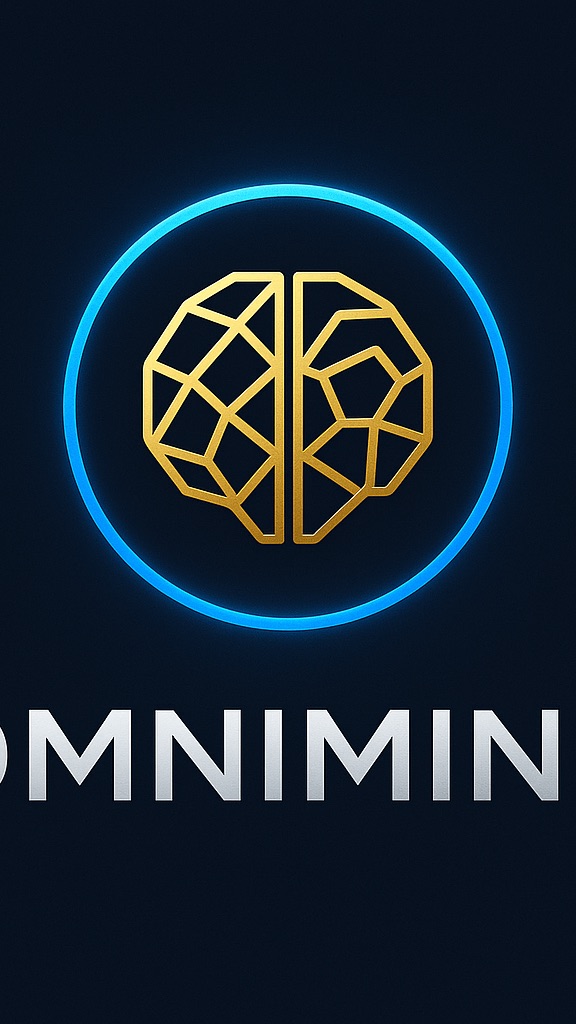
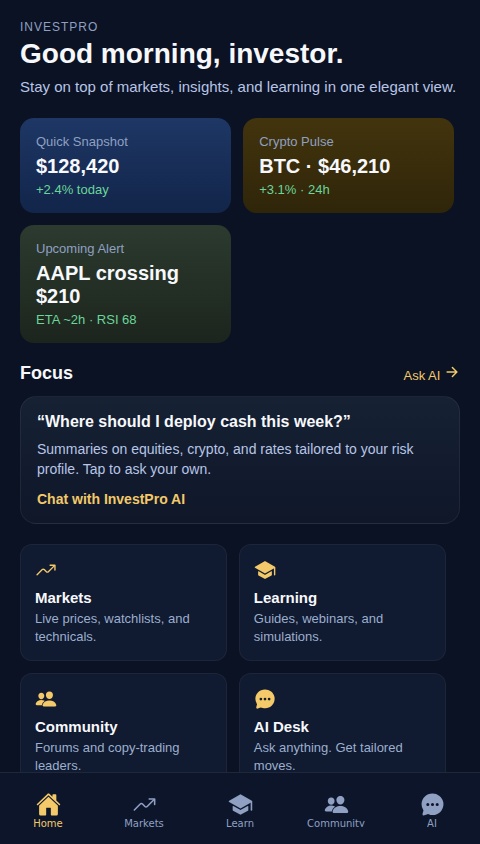

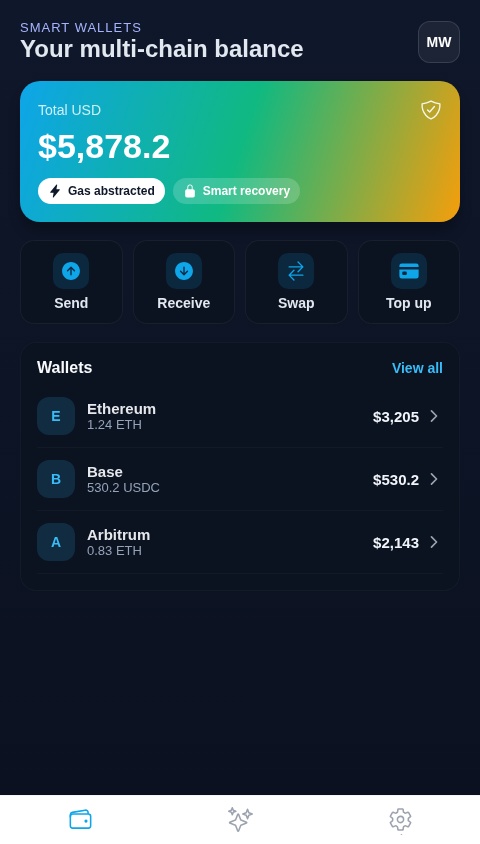

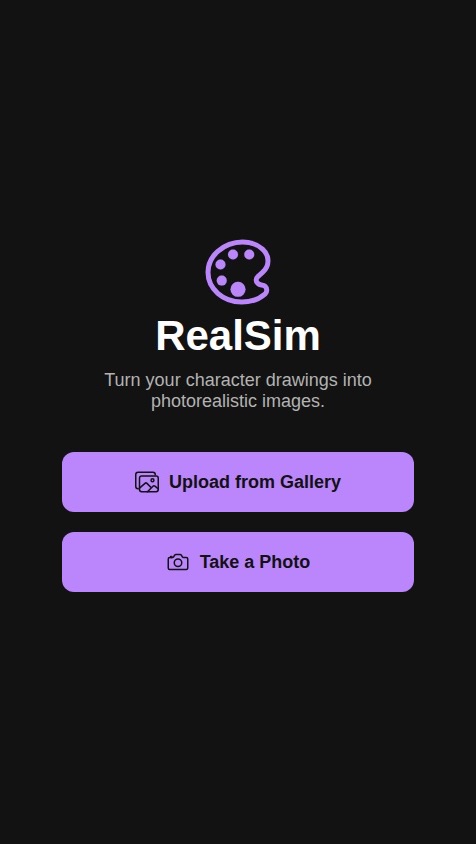

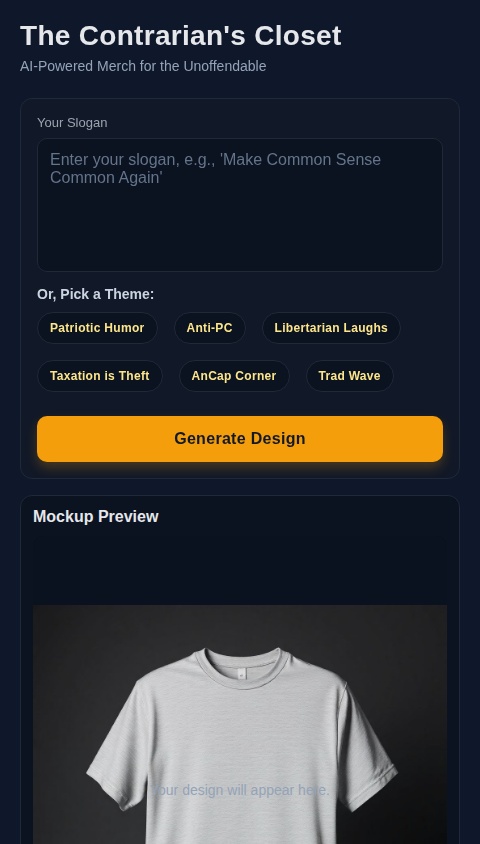
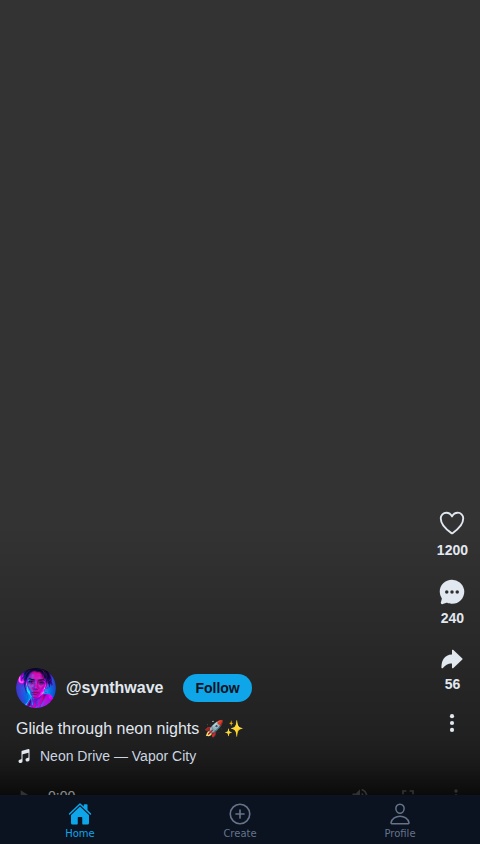
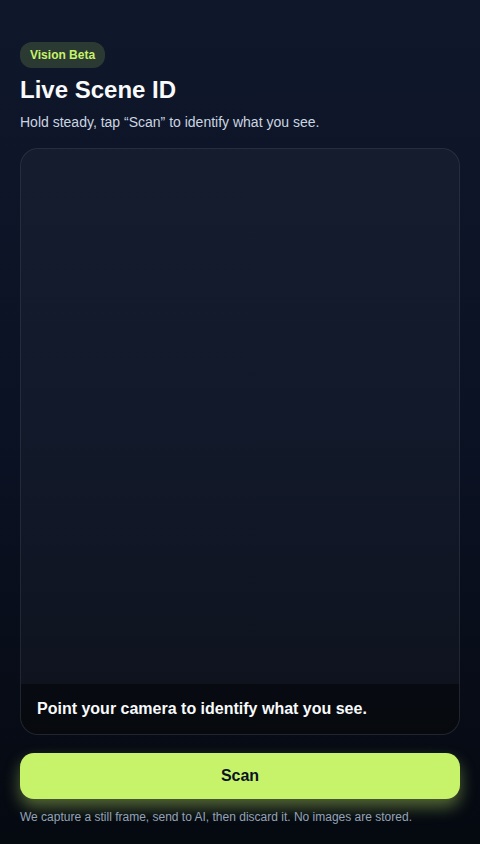
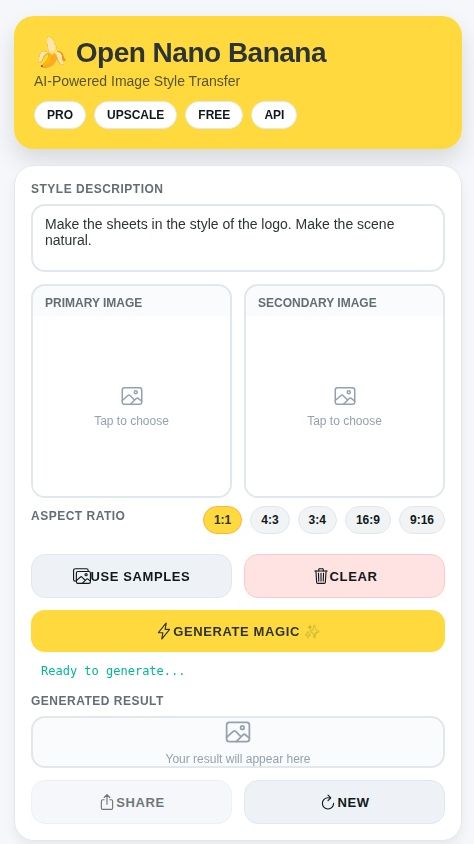


![DiffConfig[BETA]](https://s.asim.sh/images/OGoKUJh0c2i0TrLTz6qf2.jpeg)



